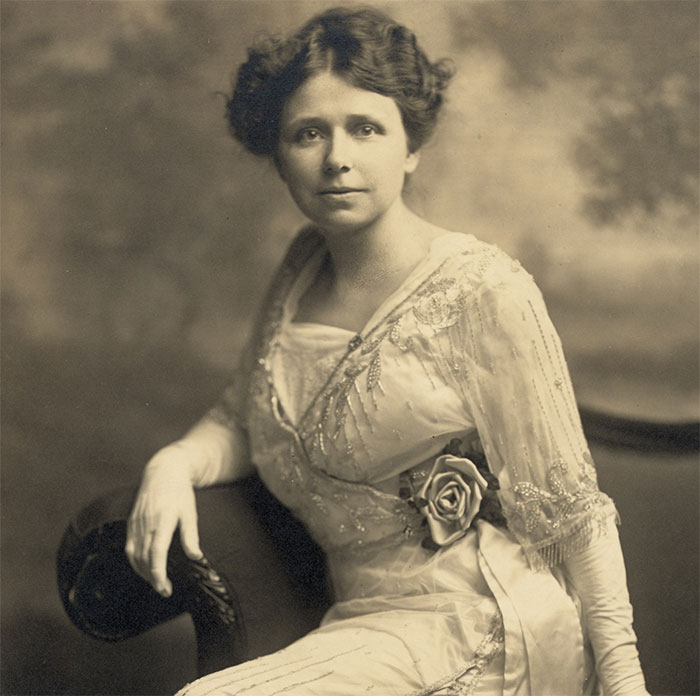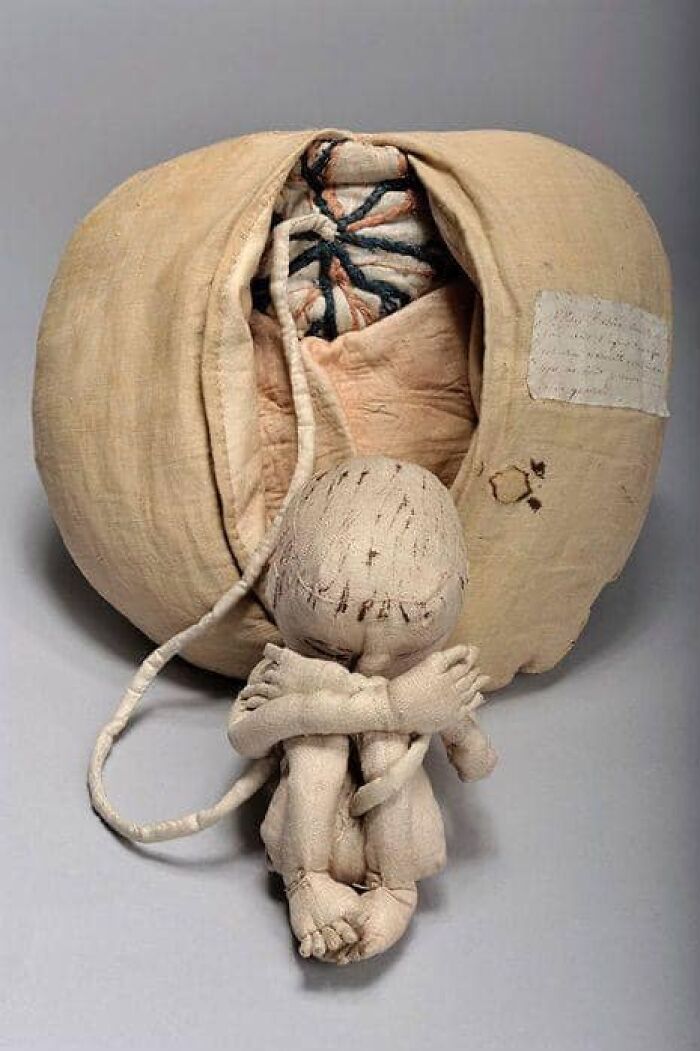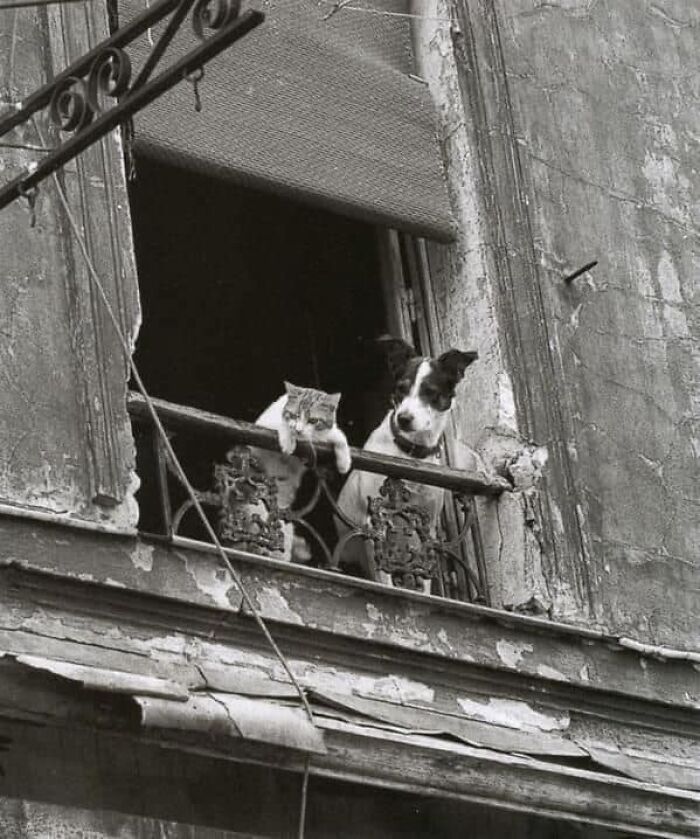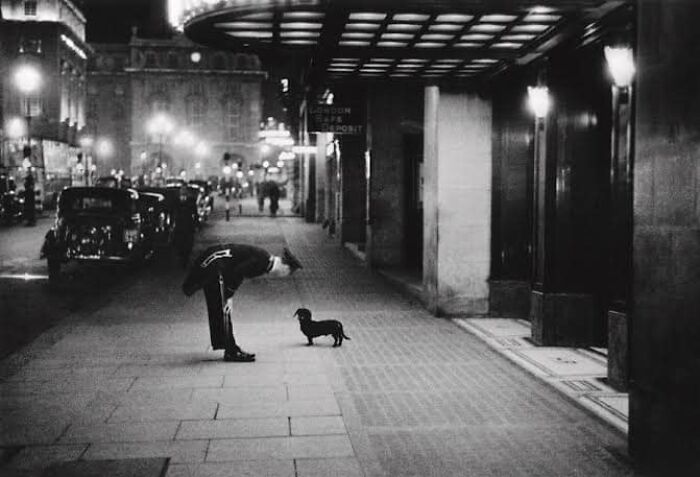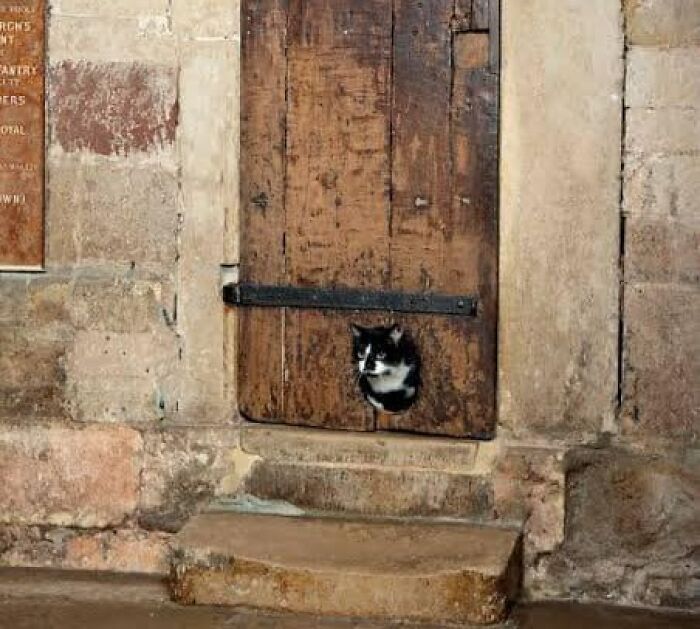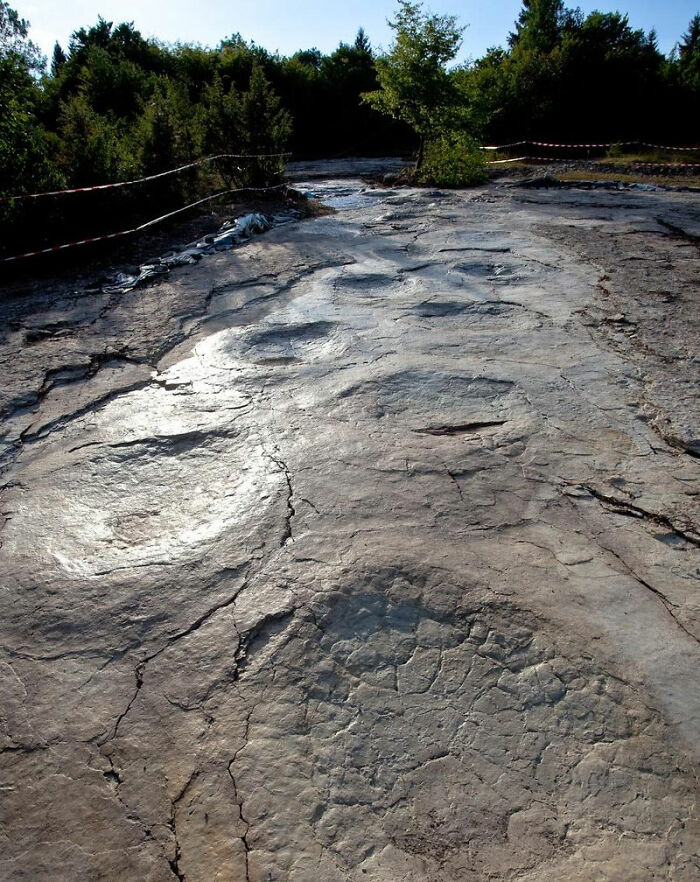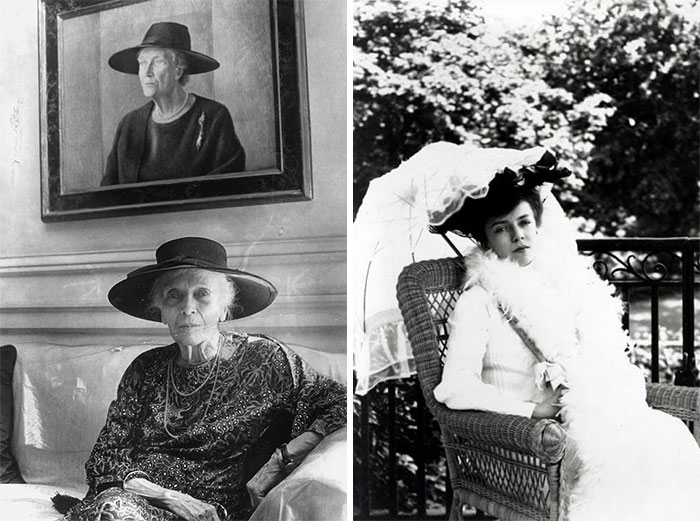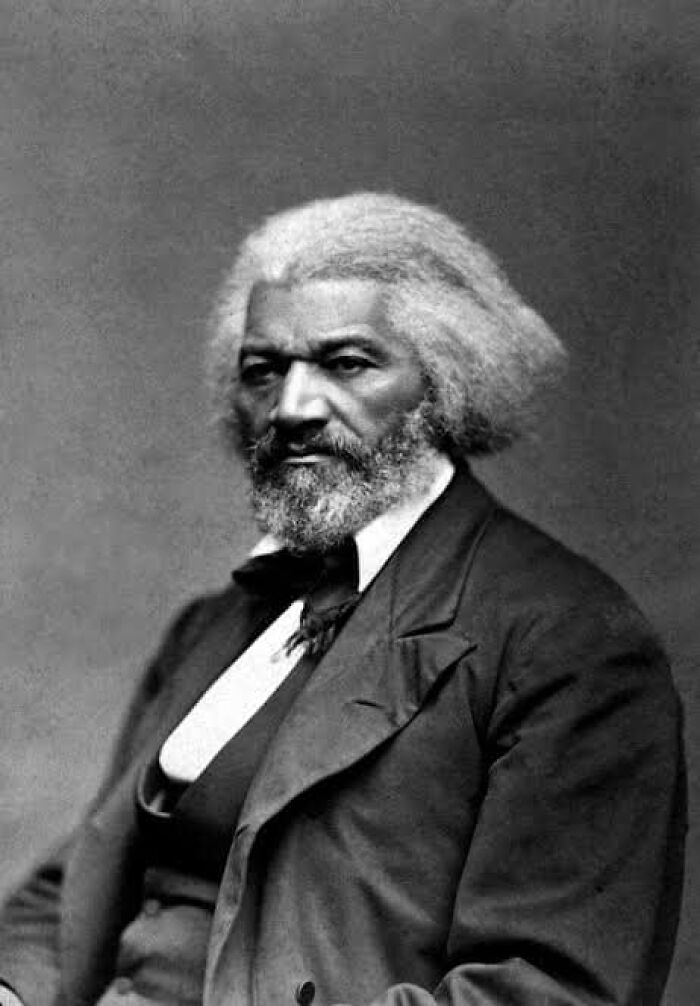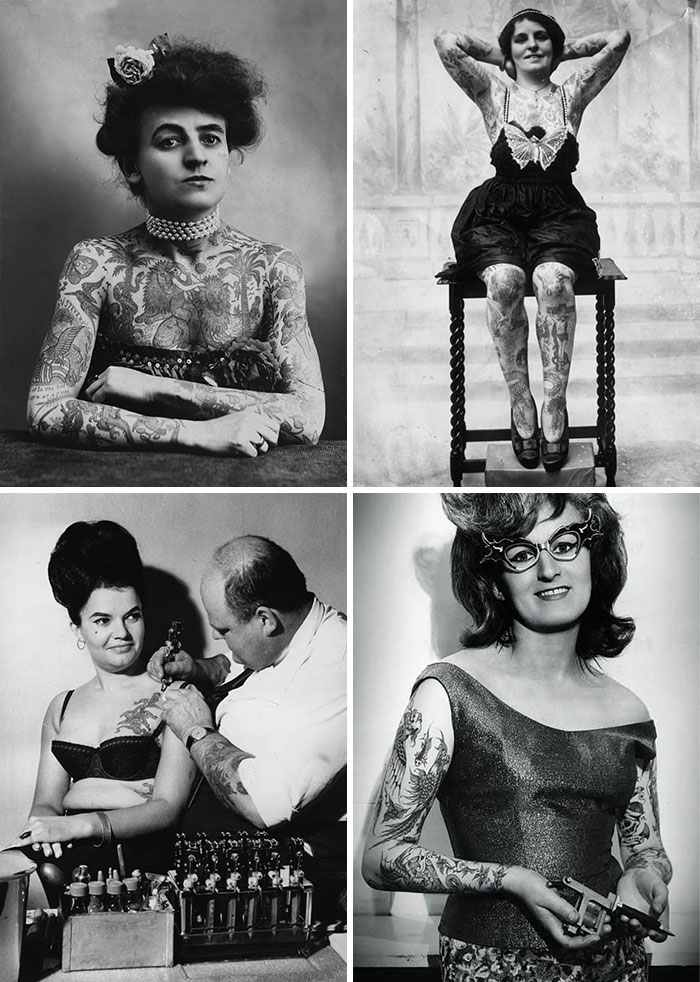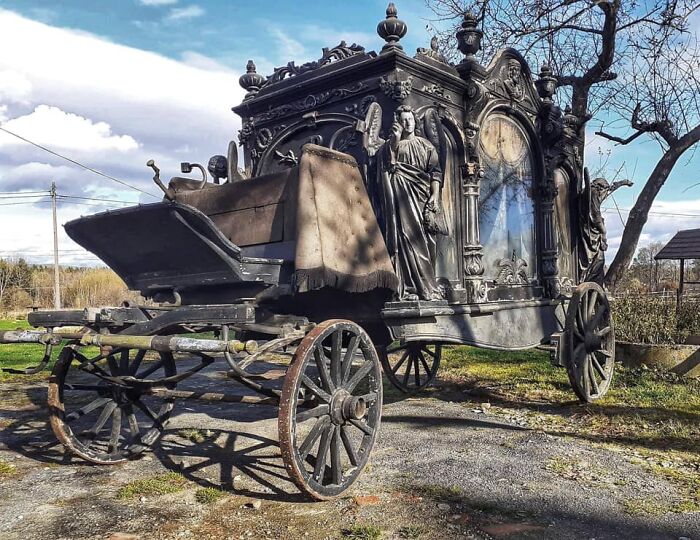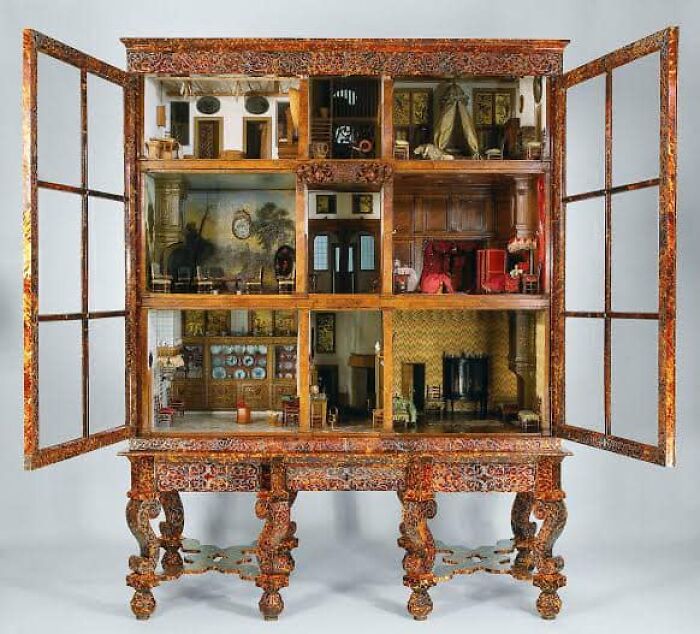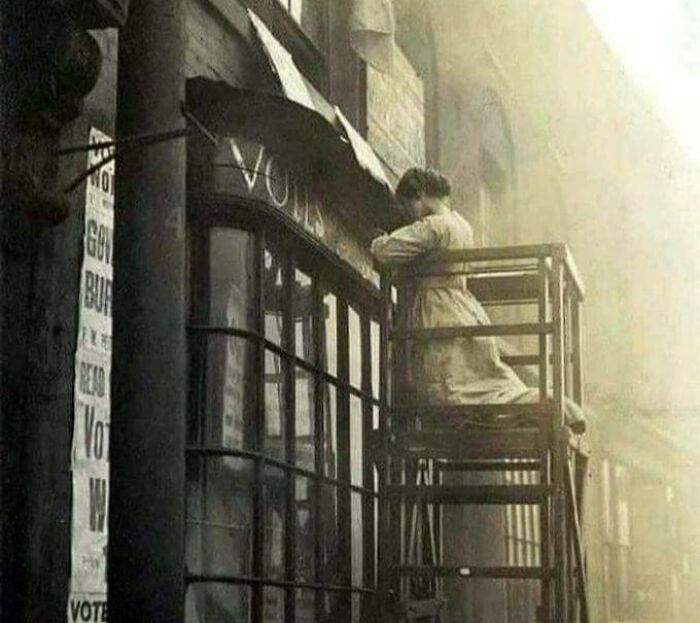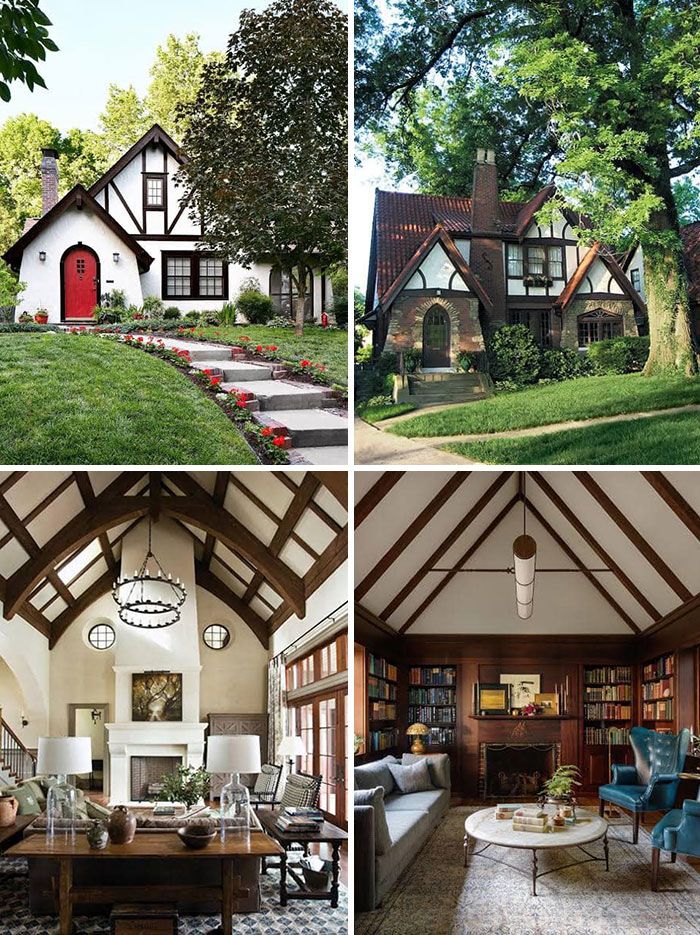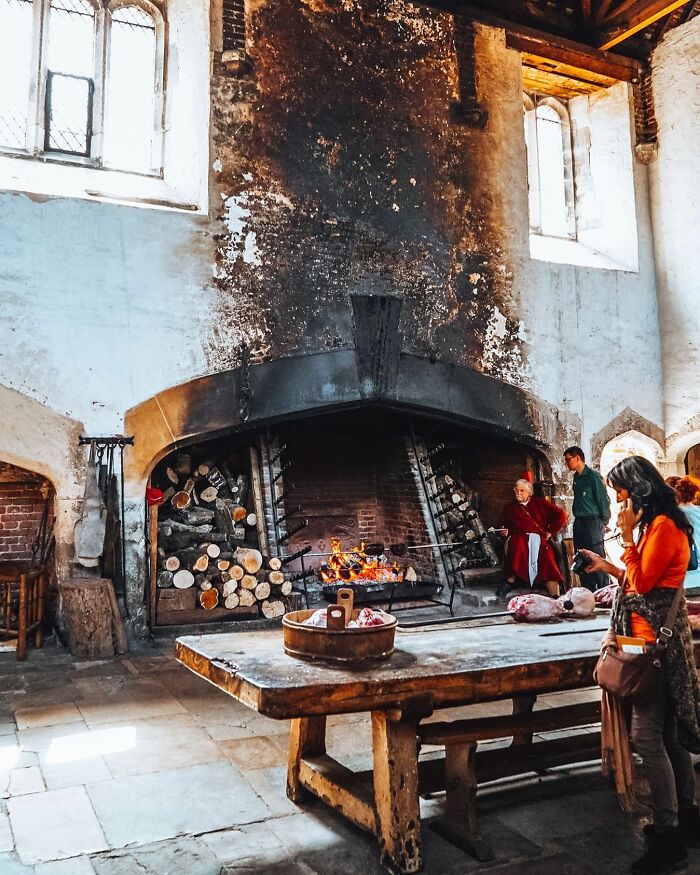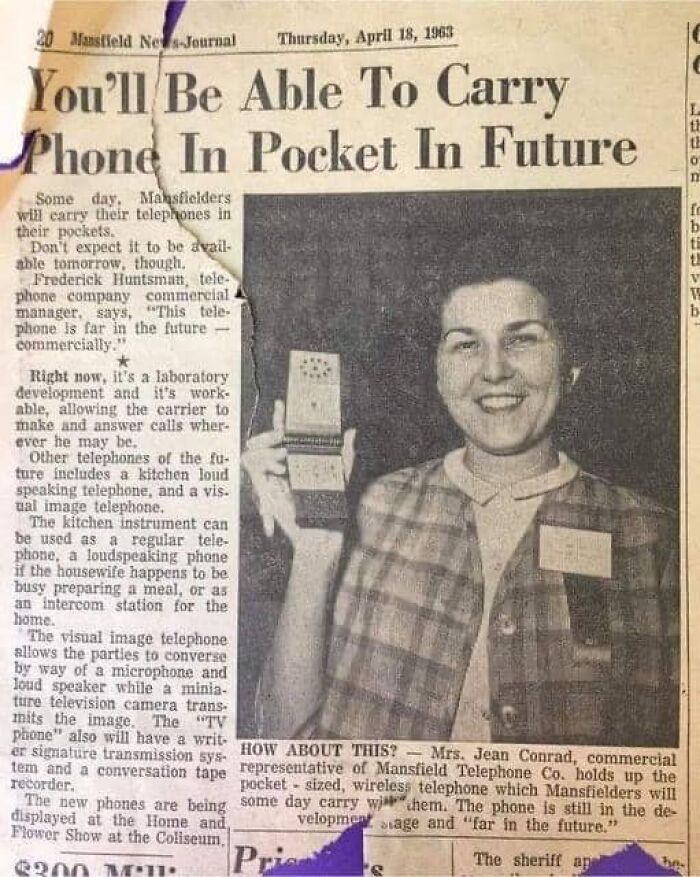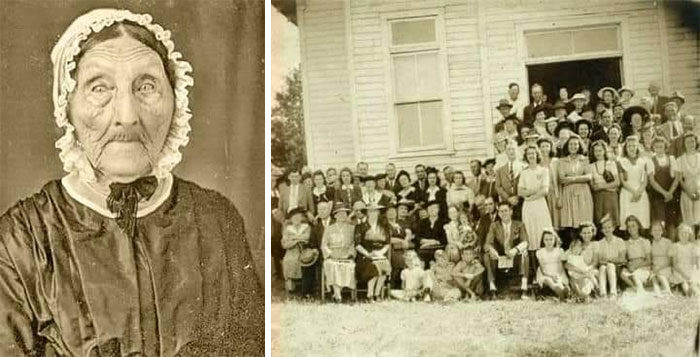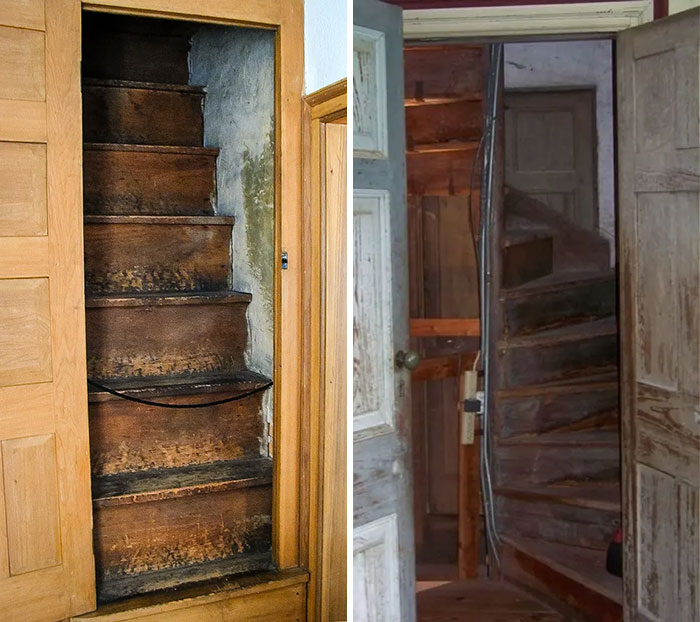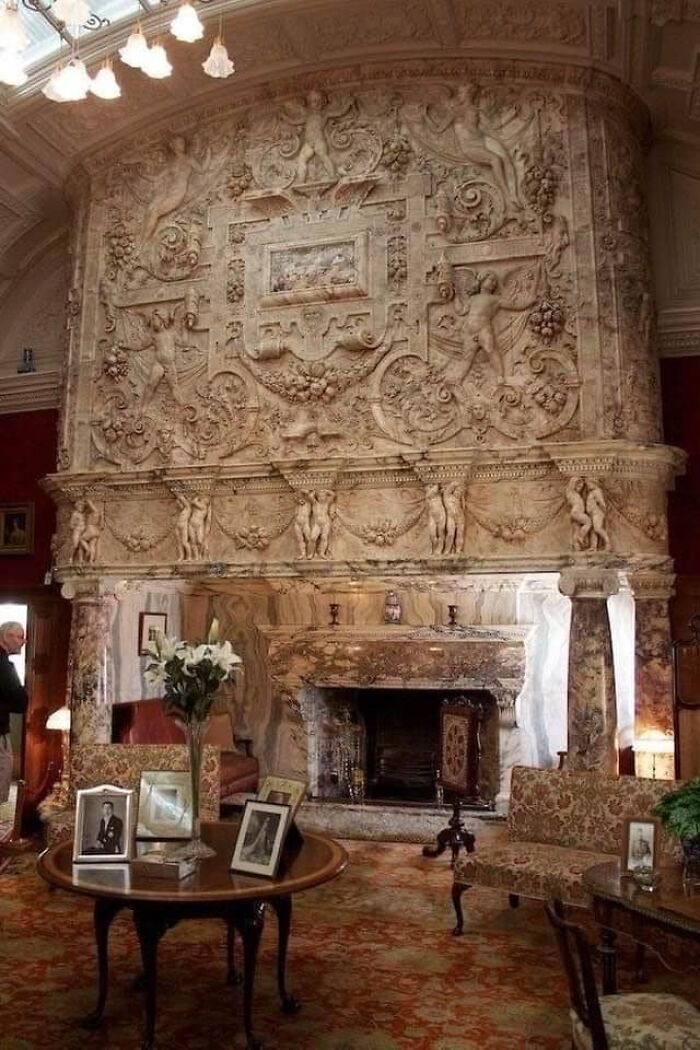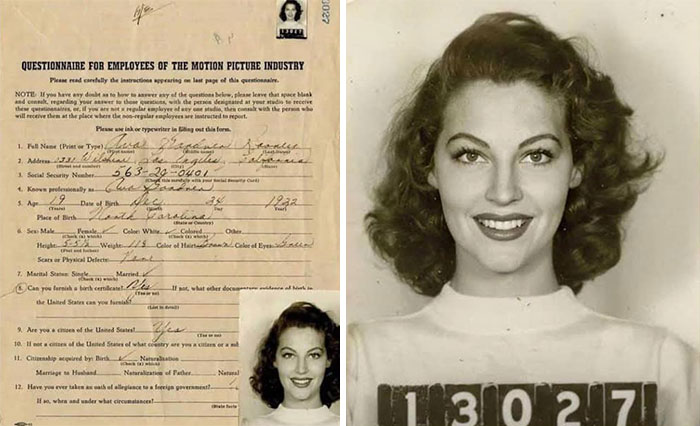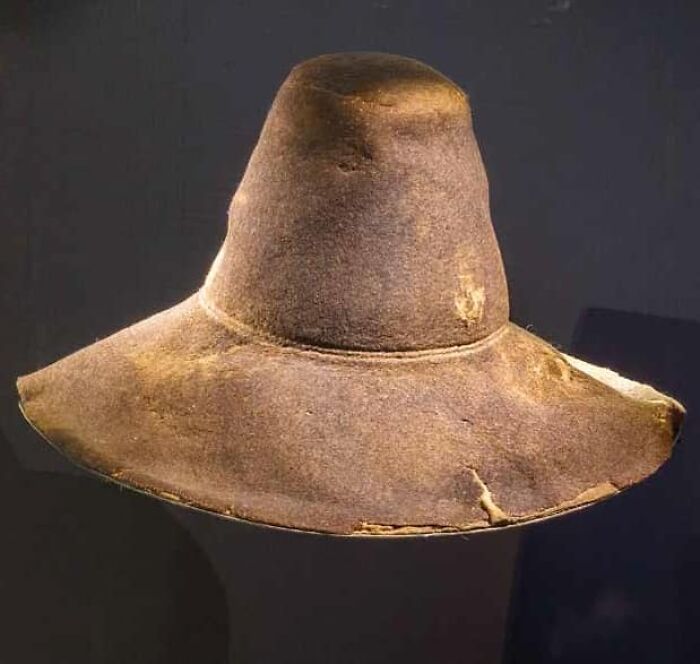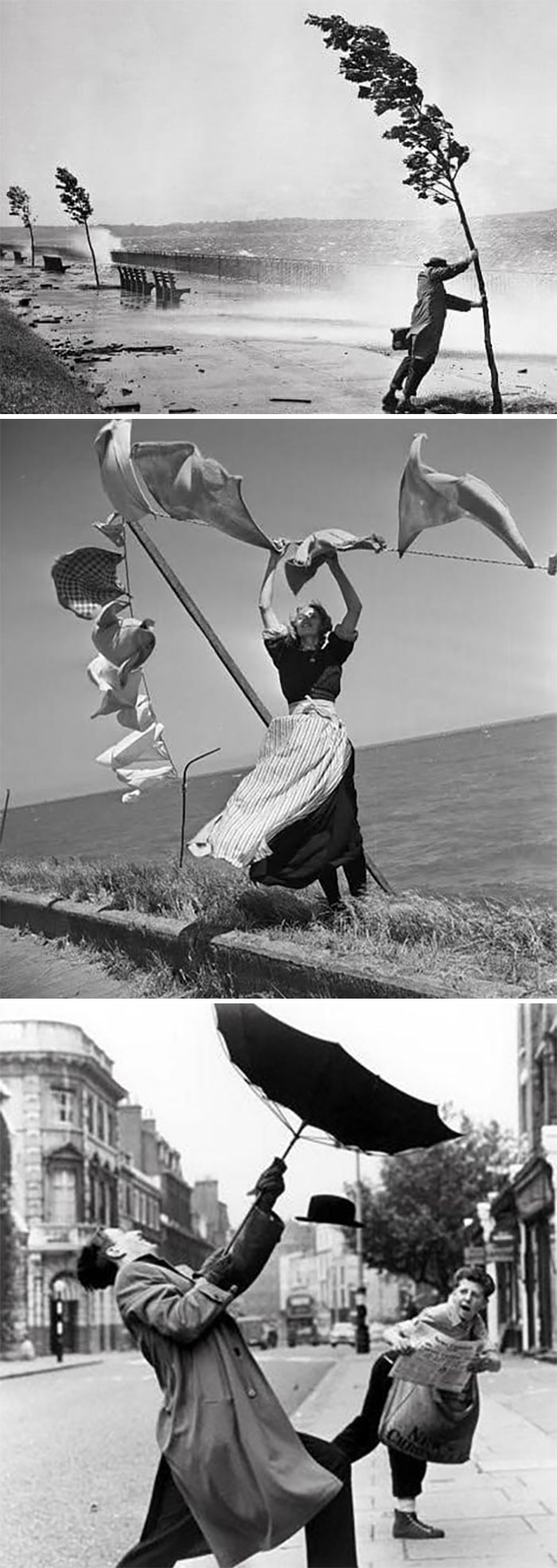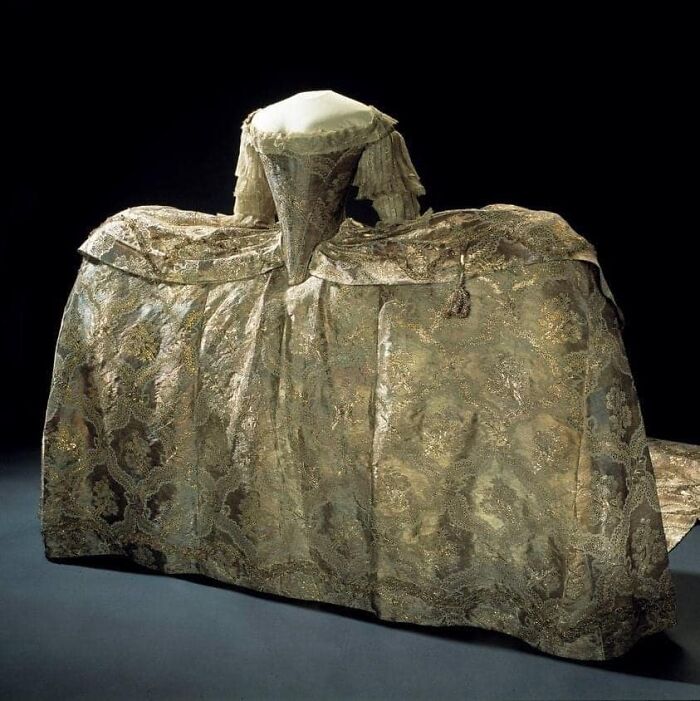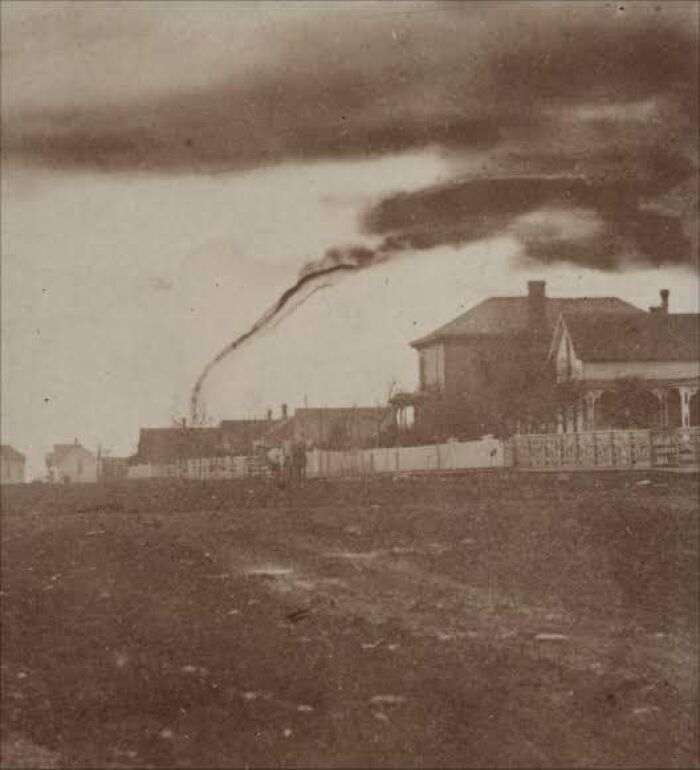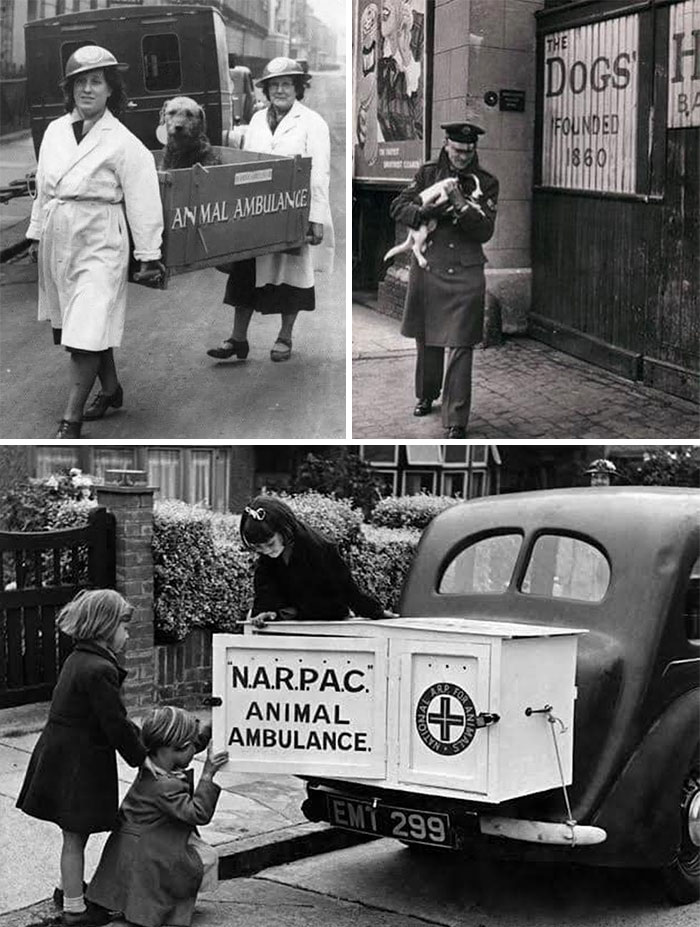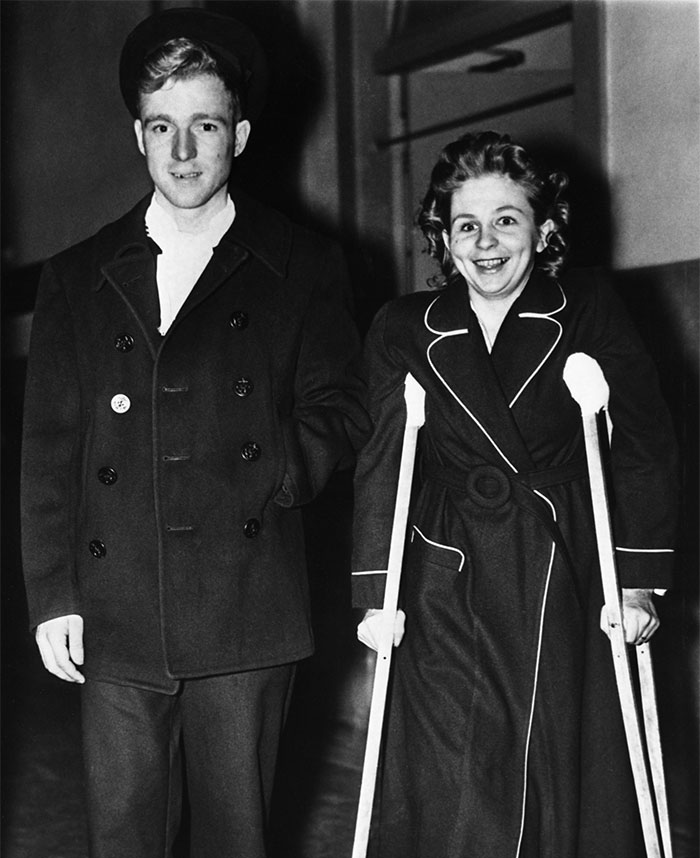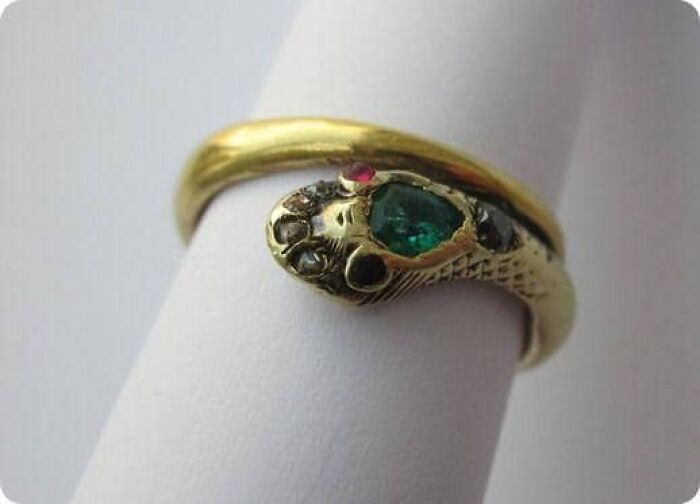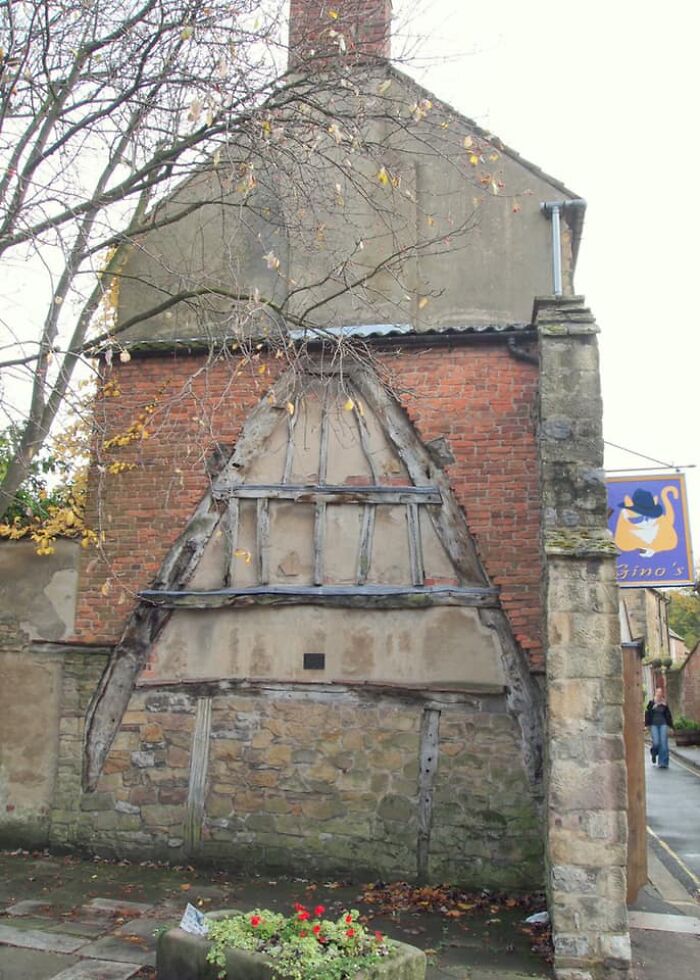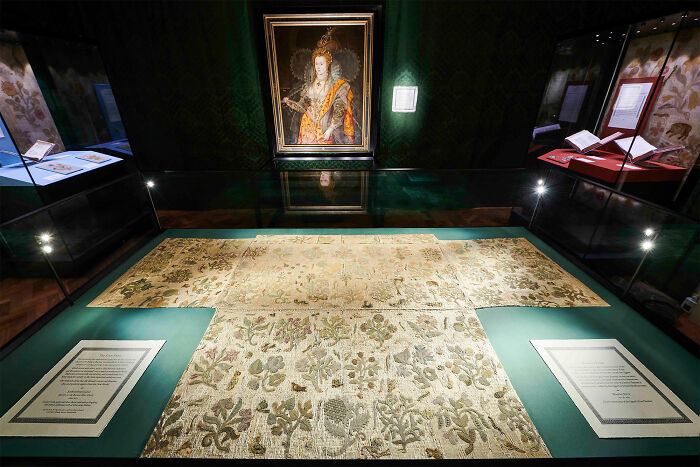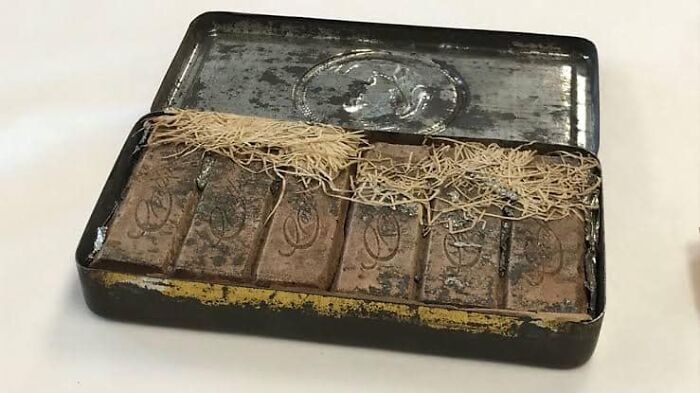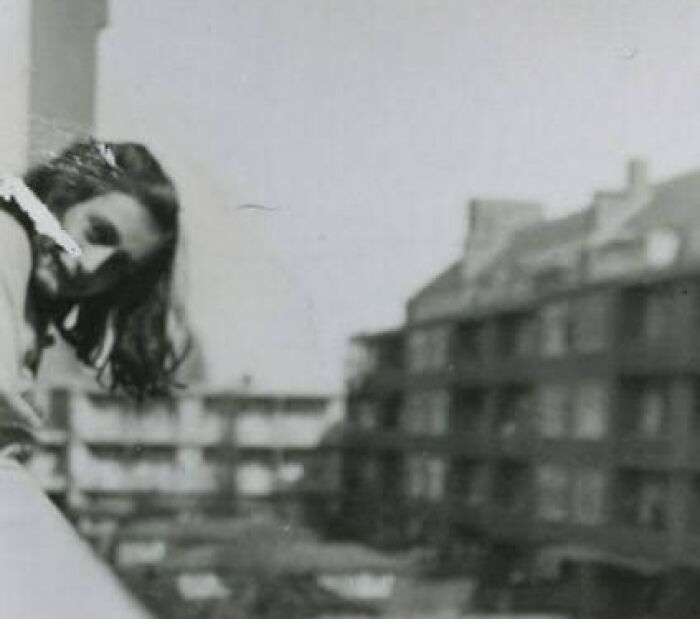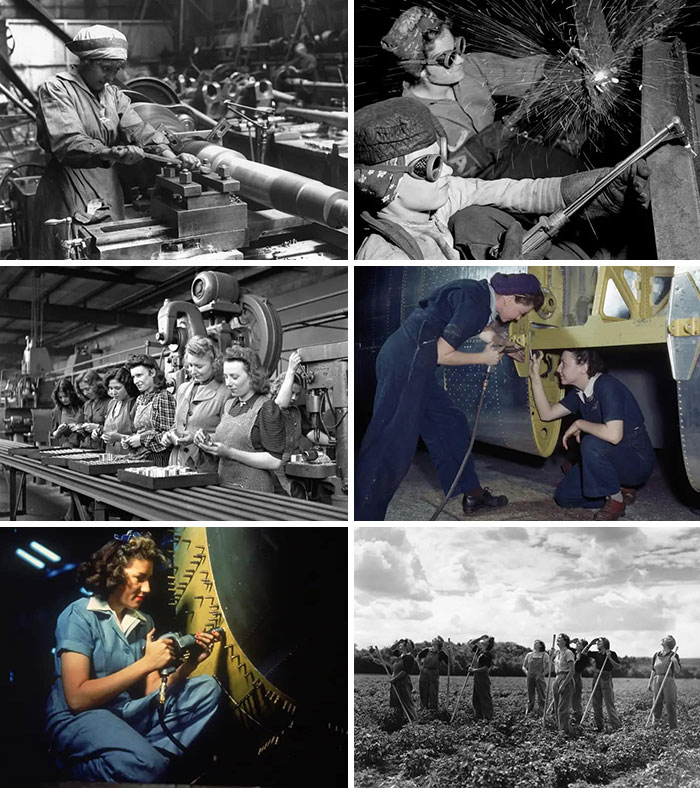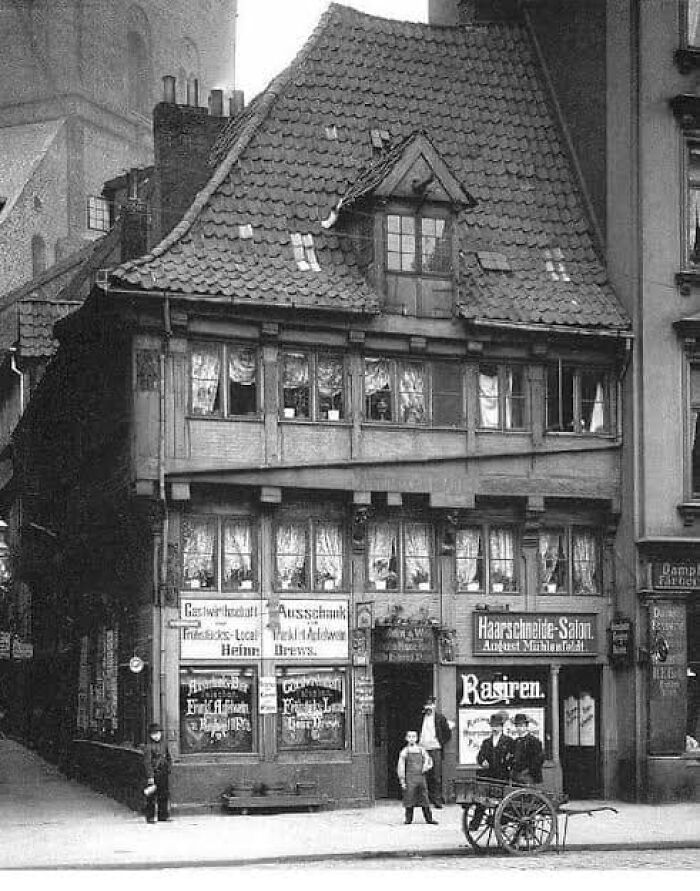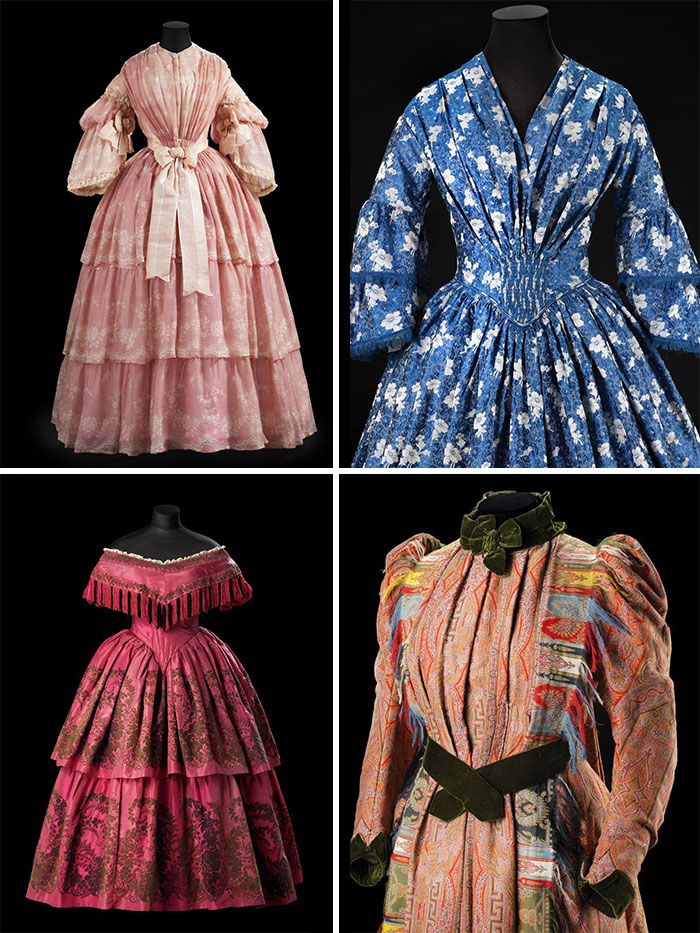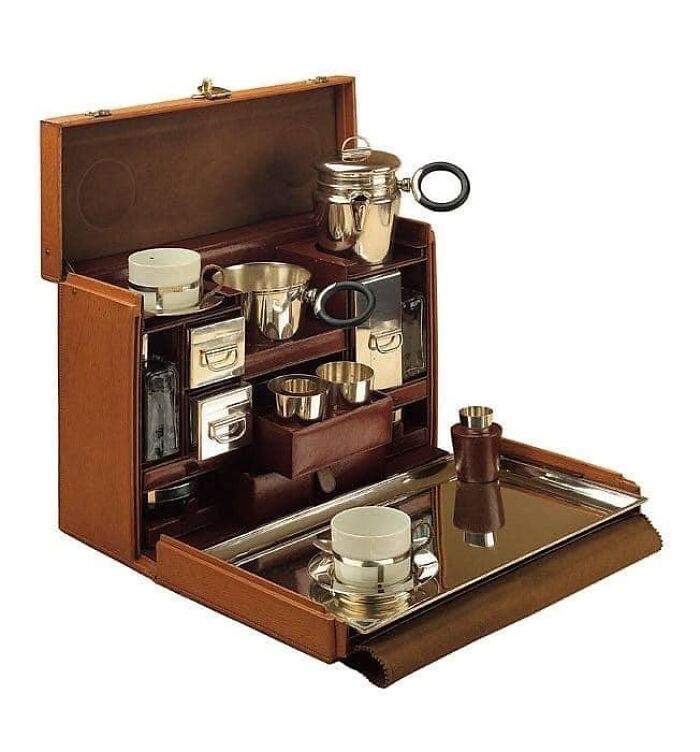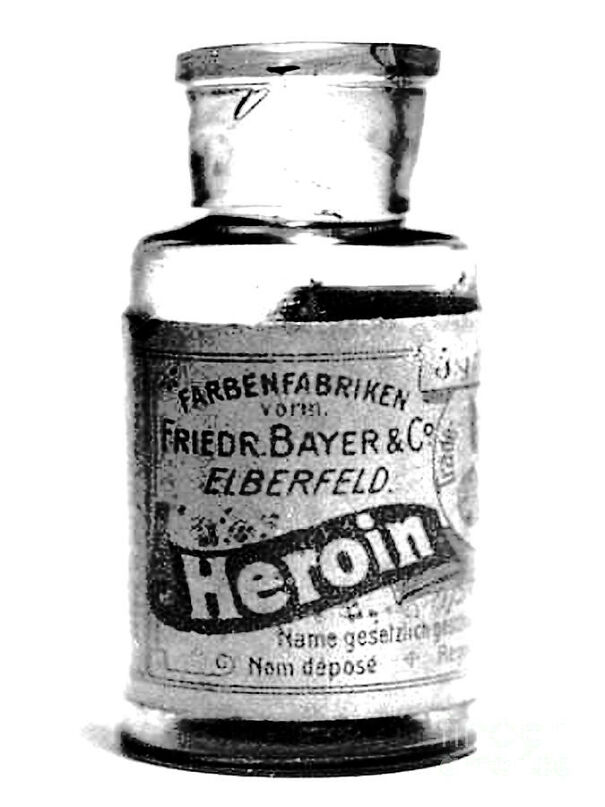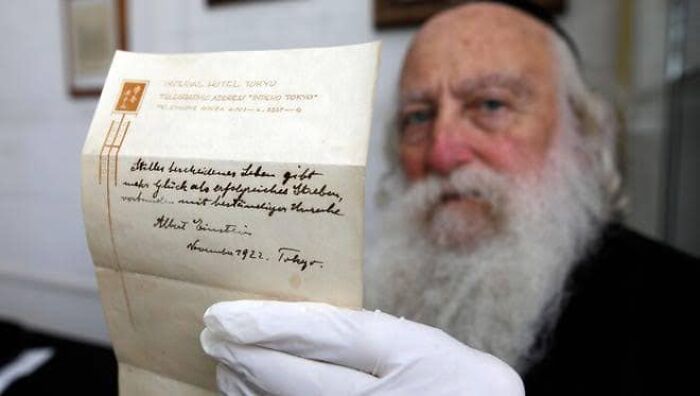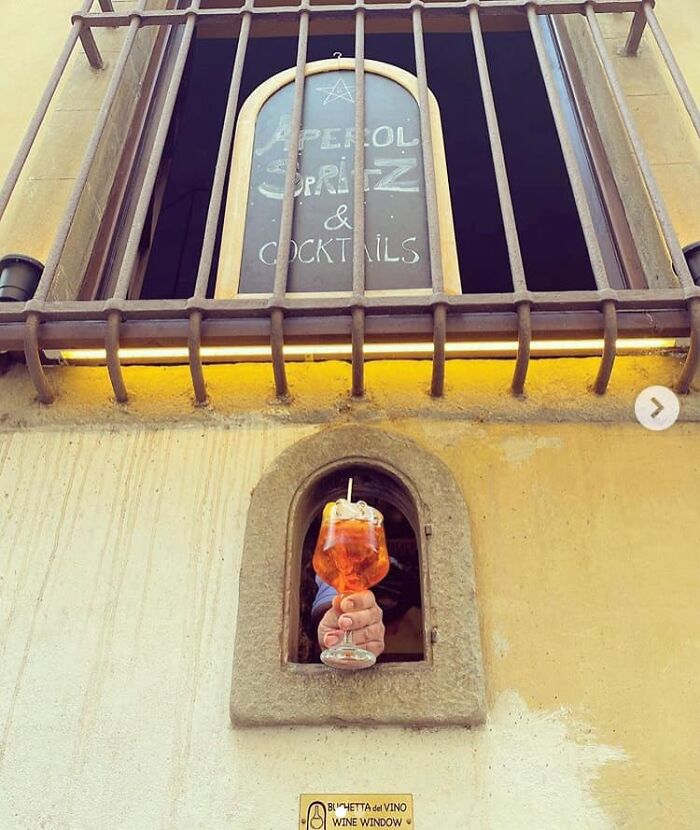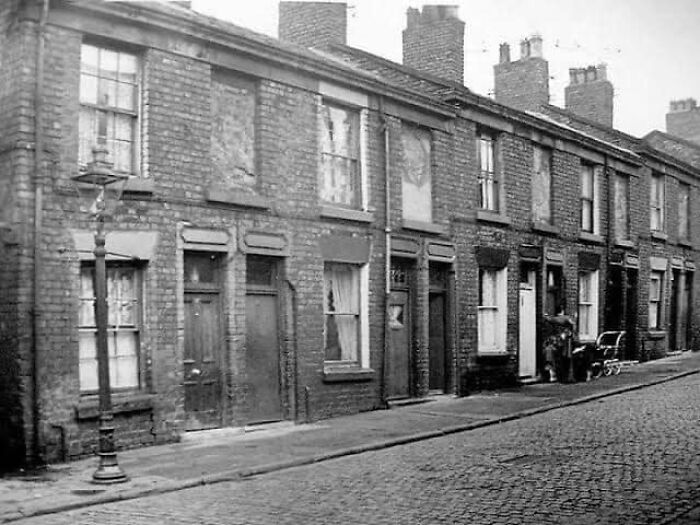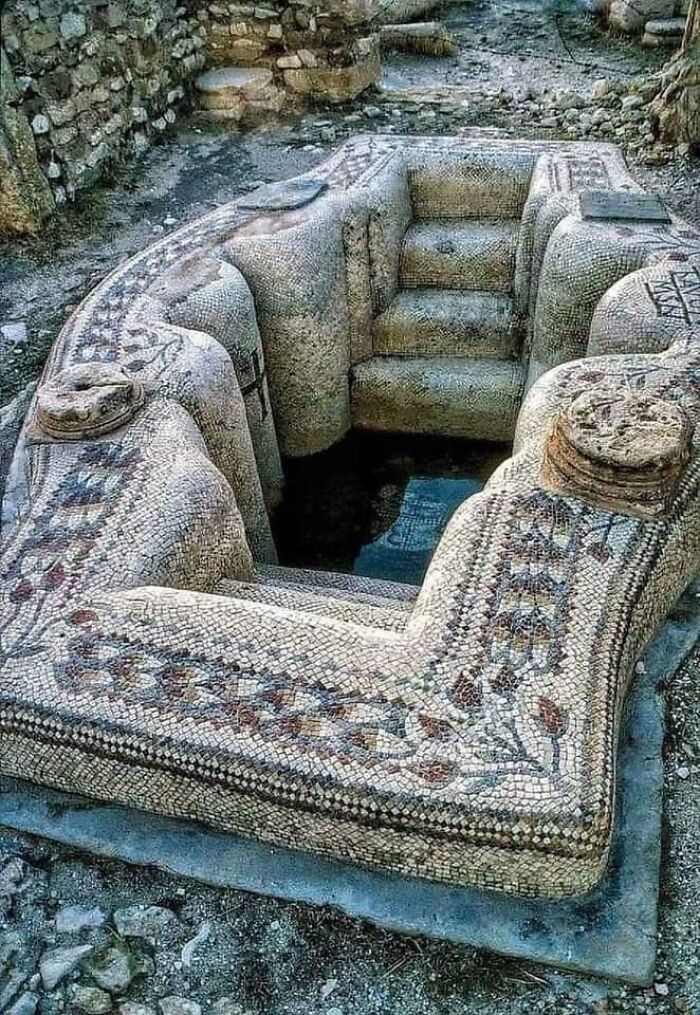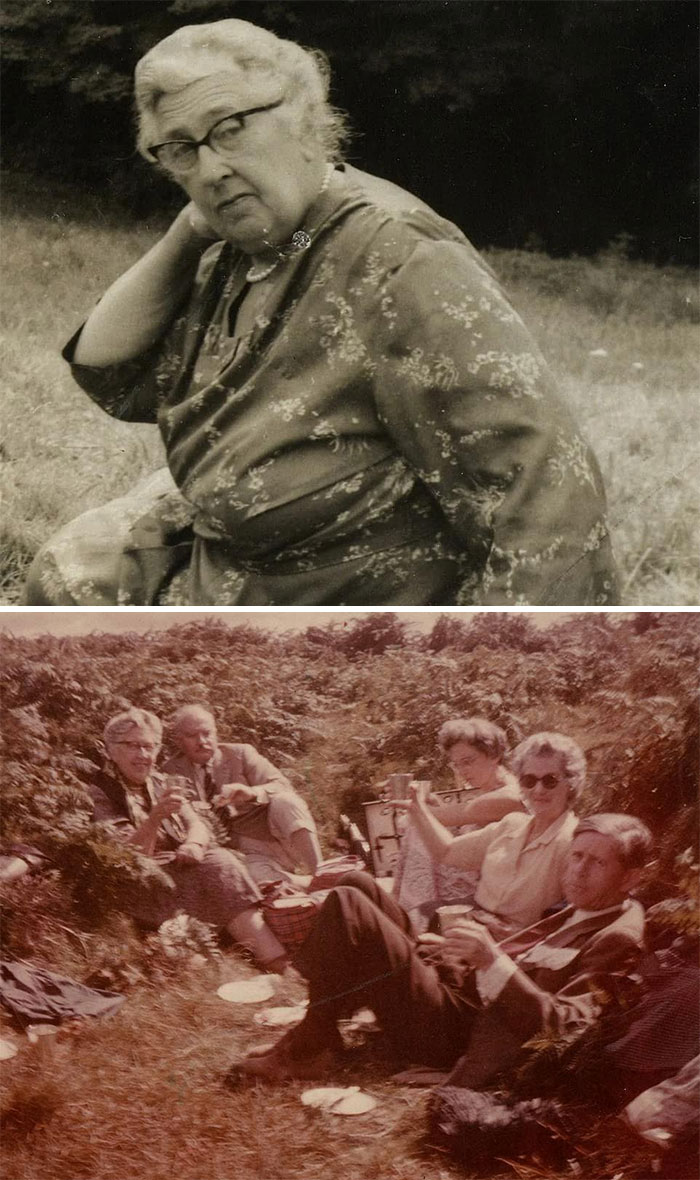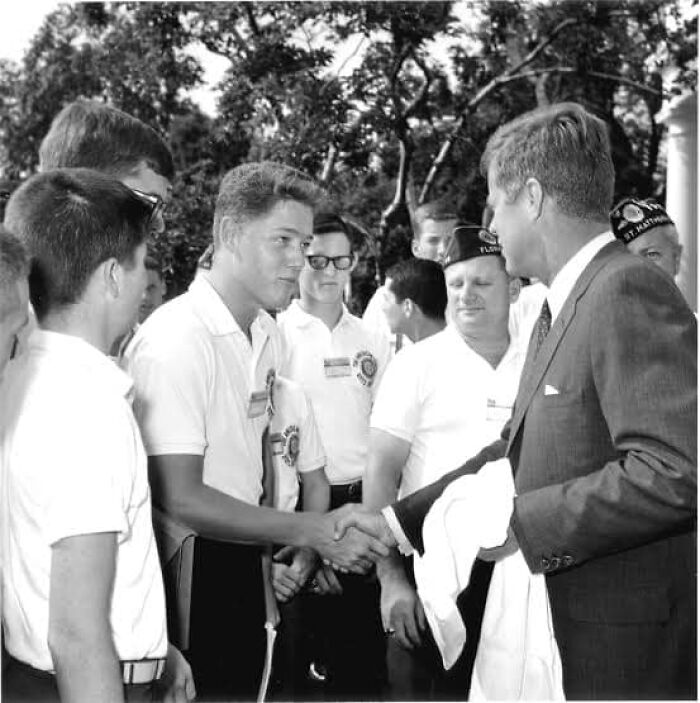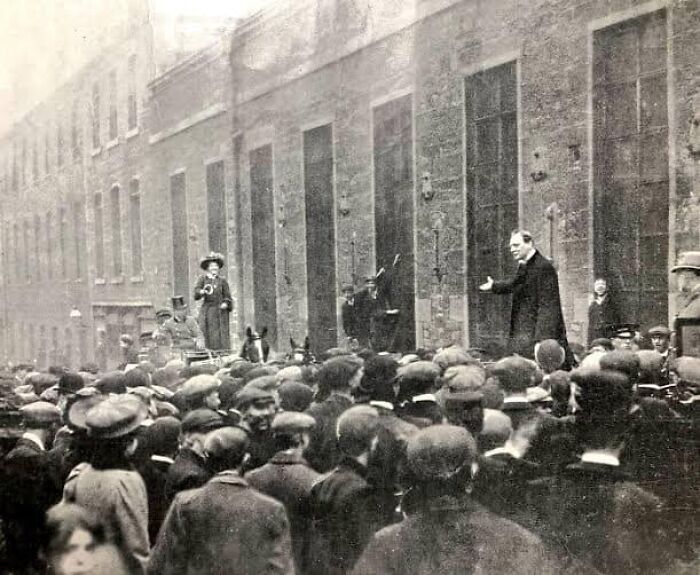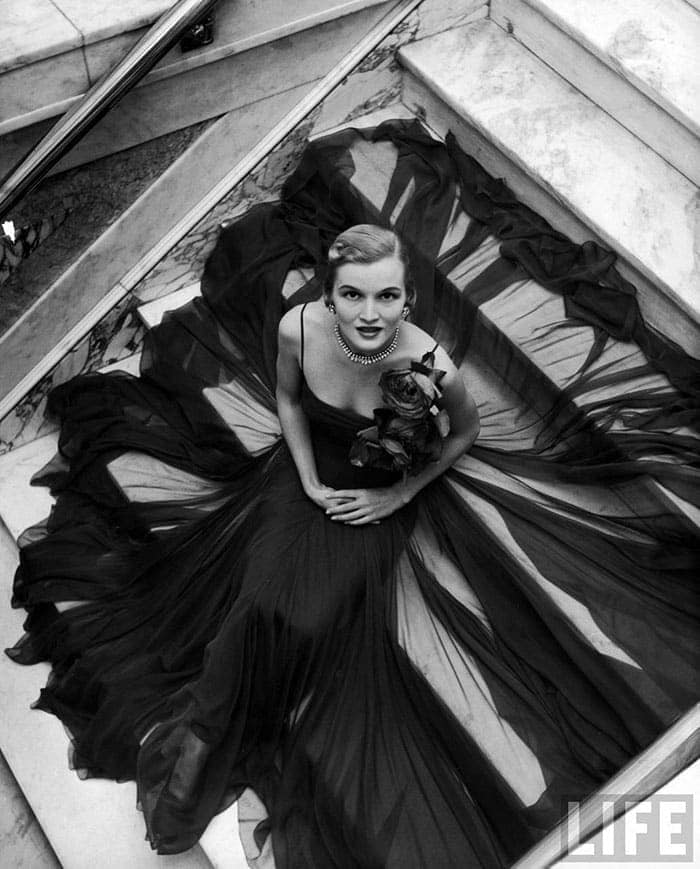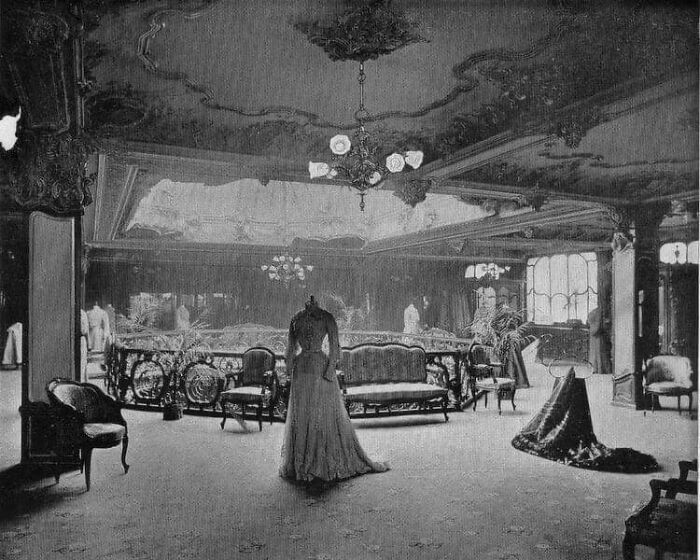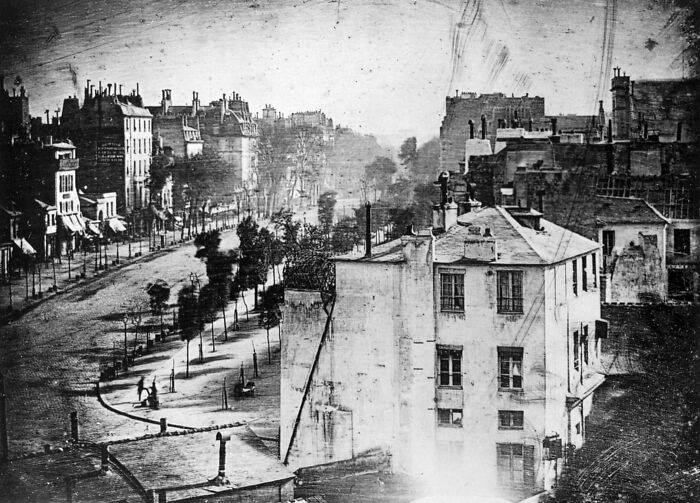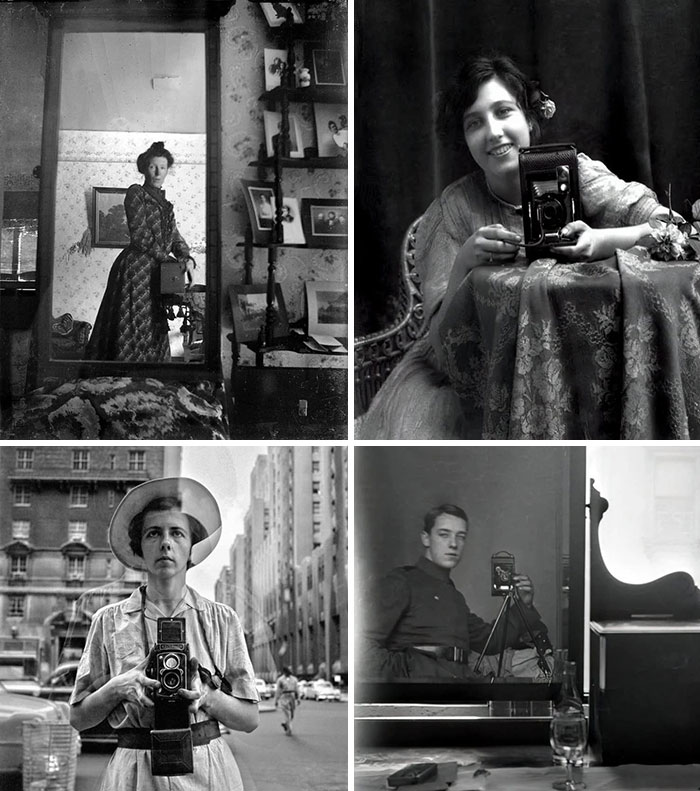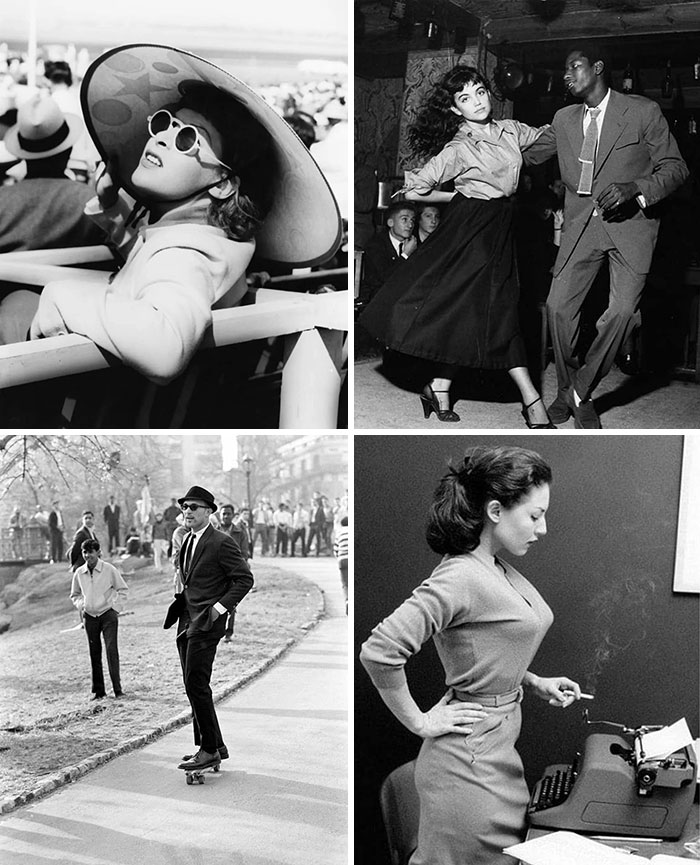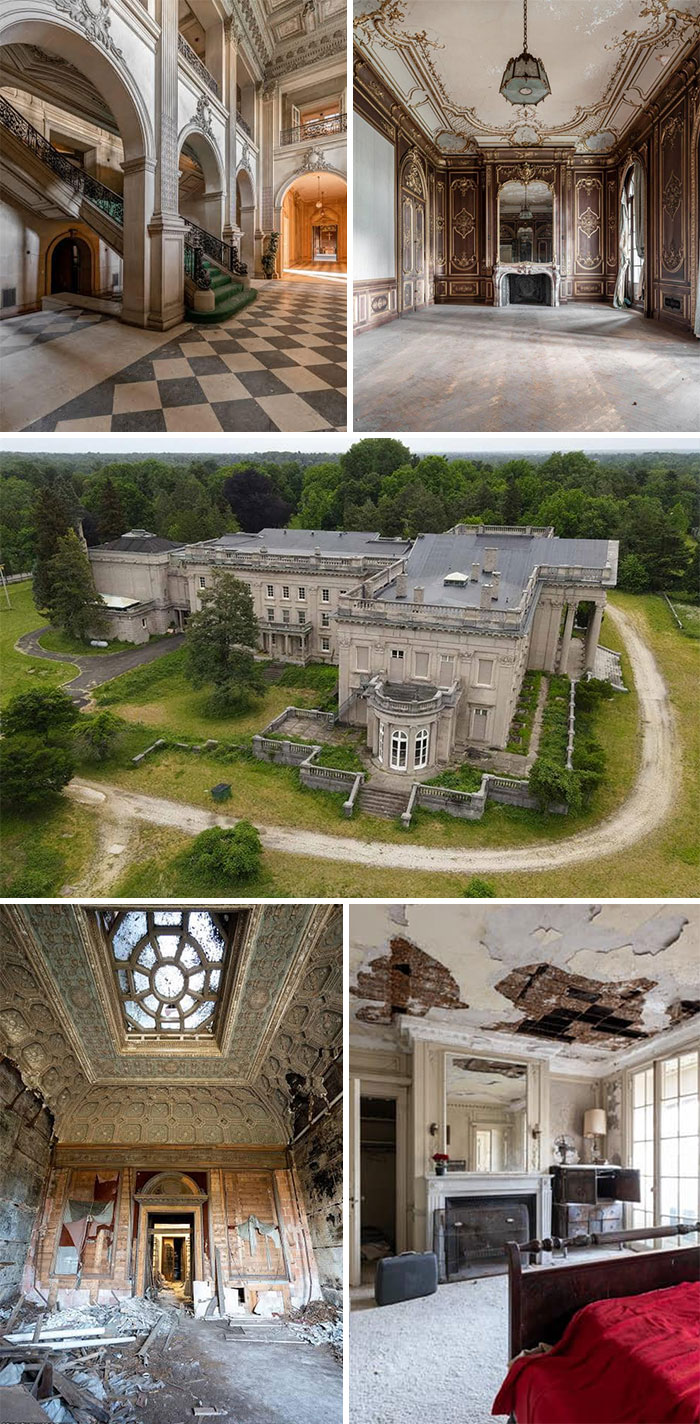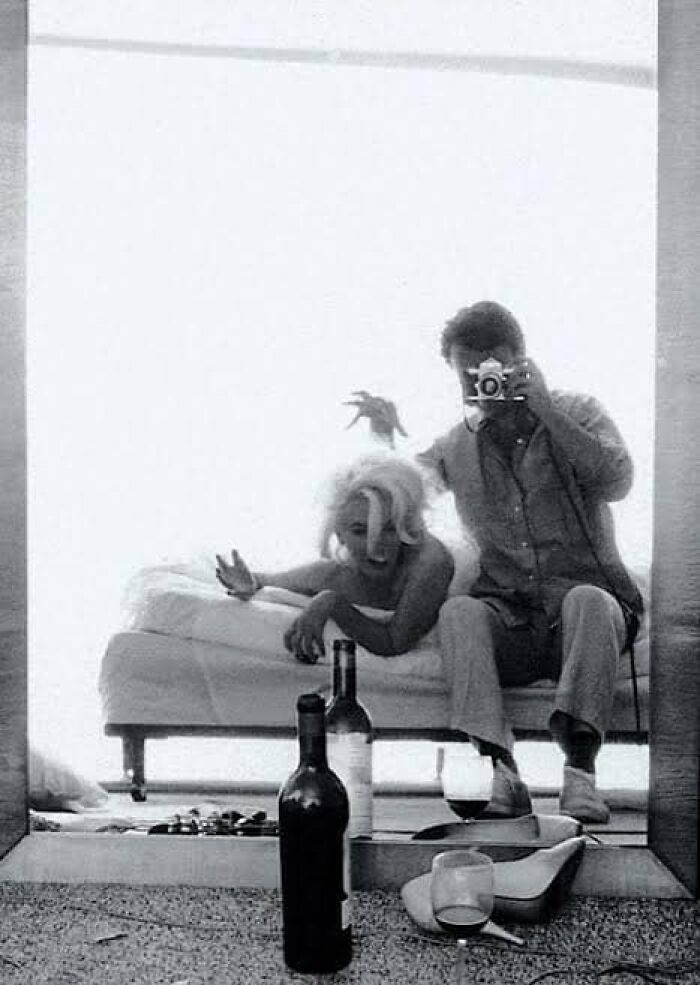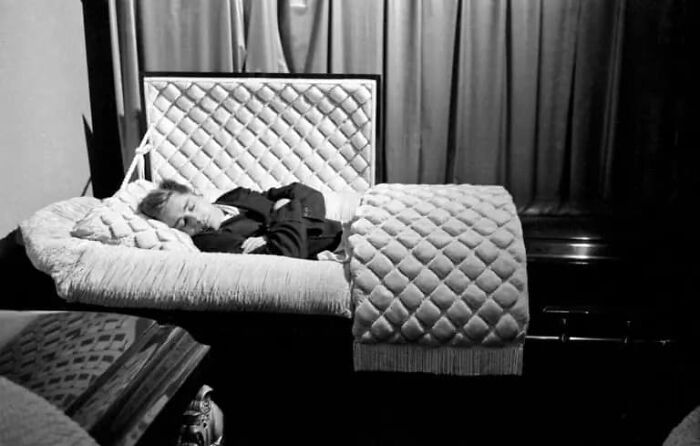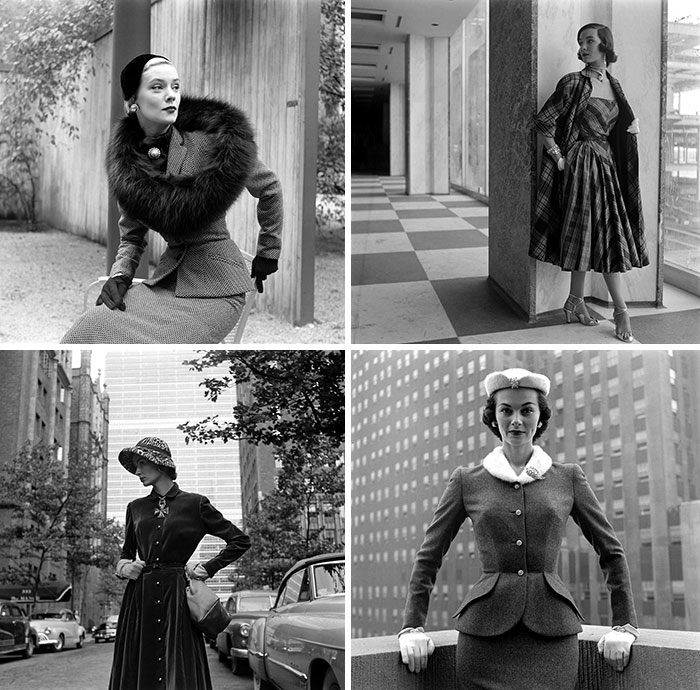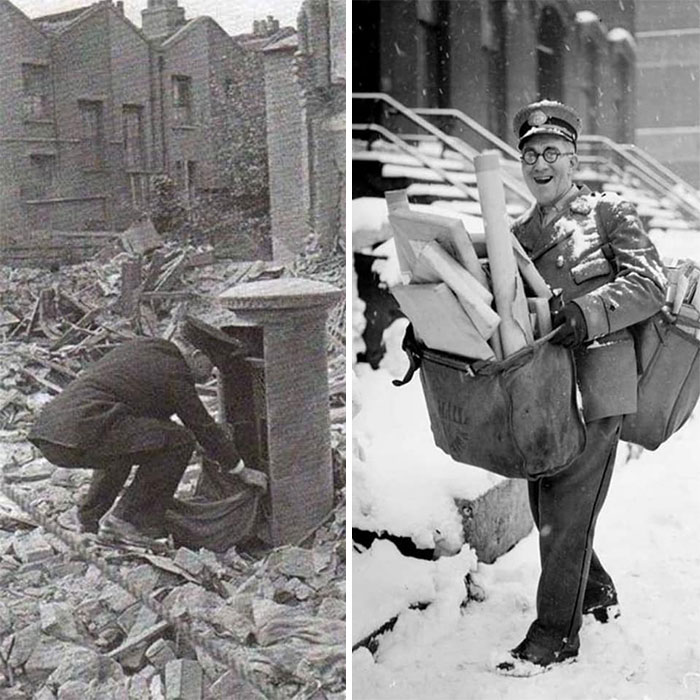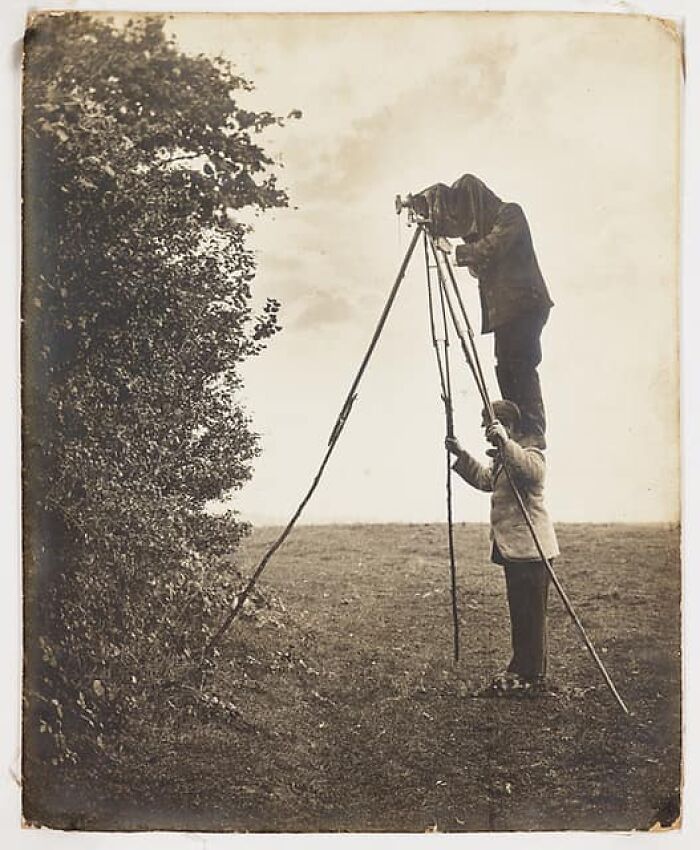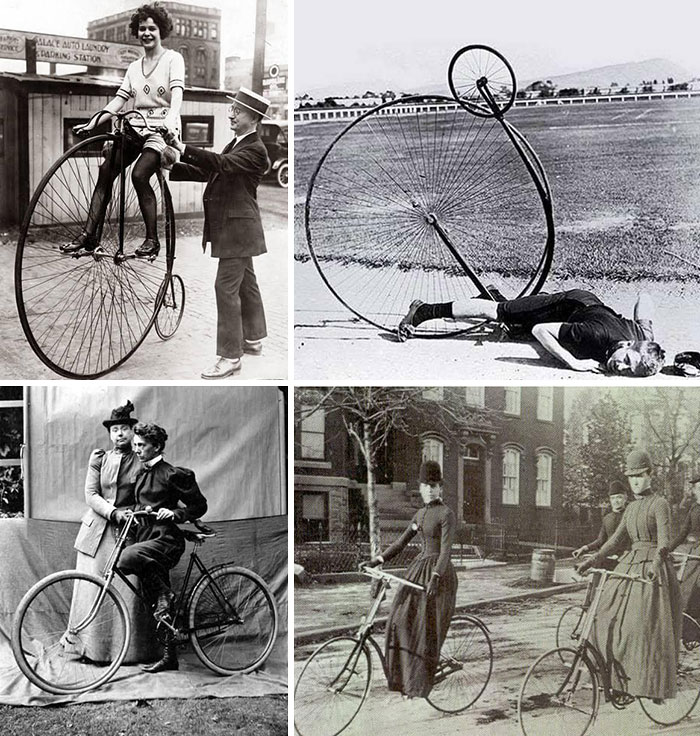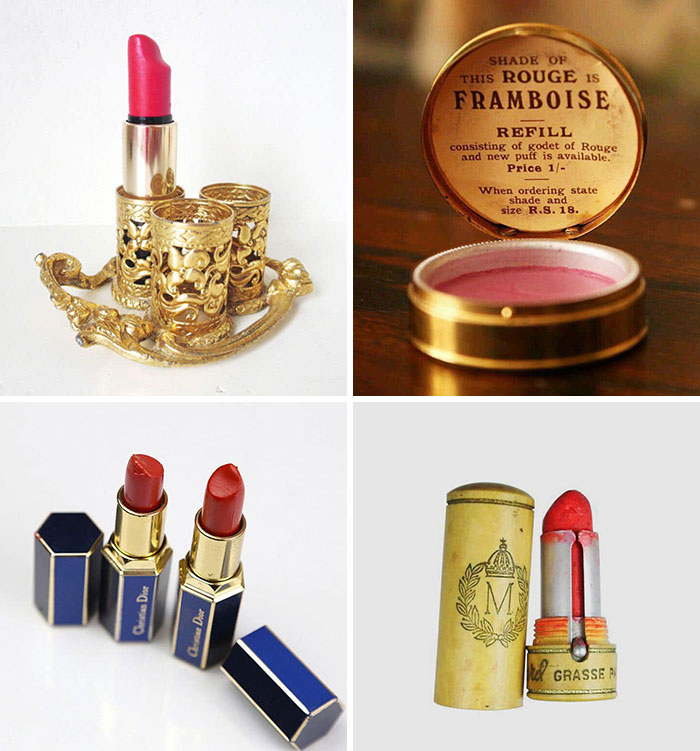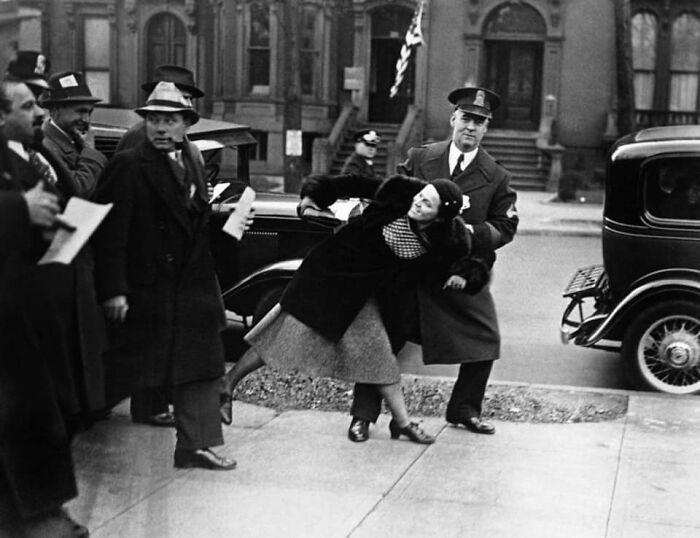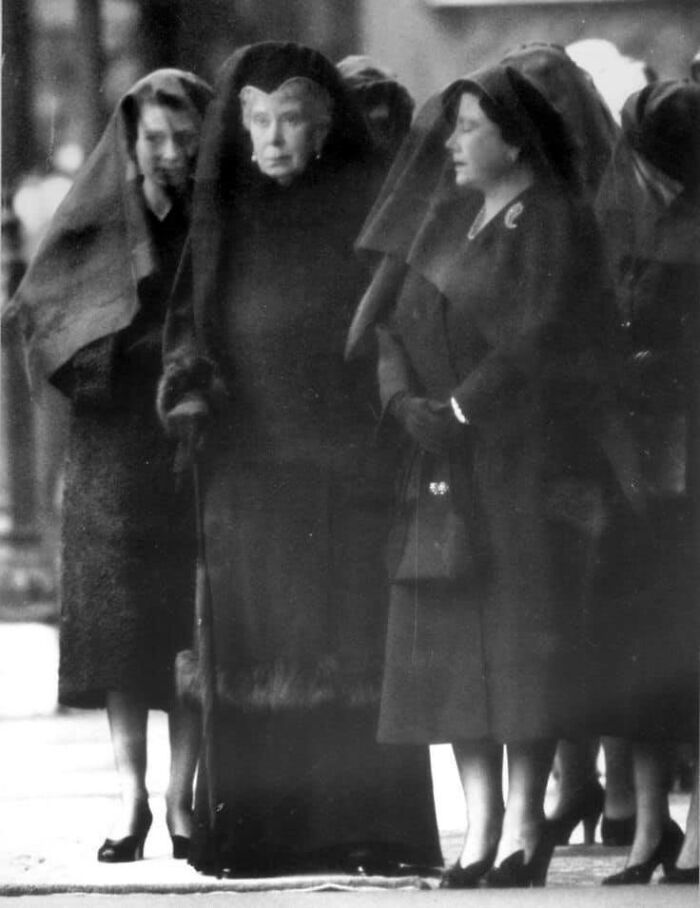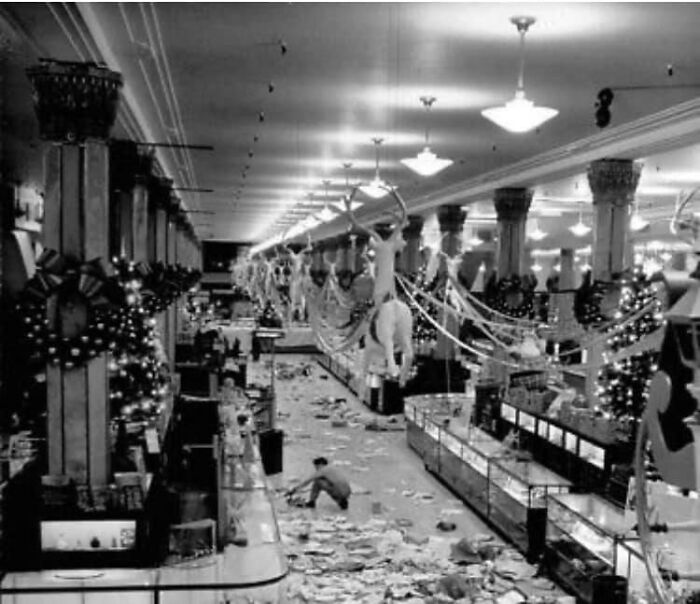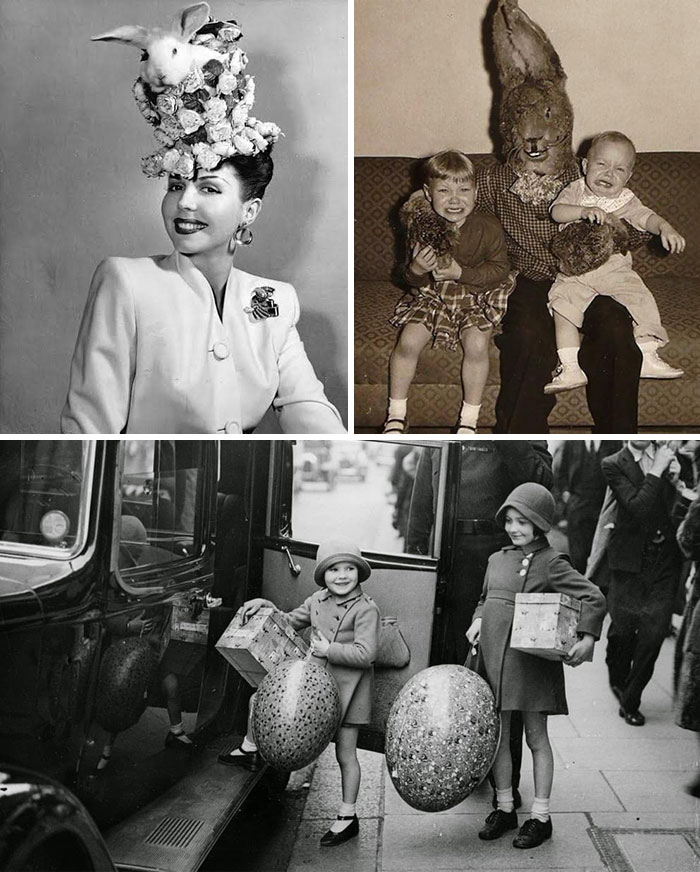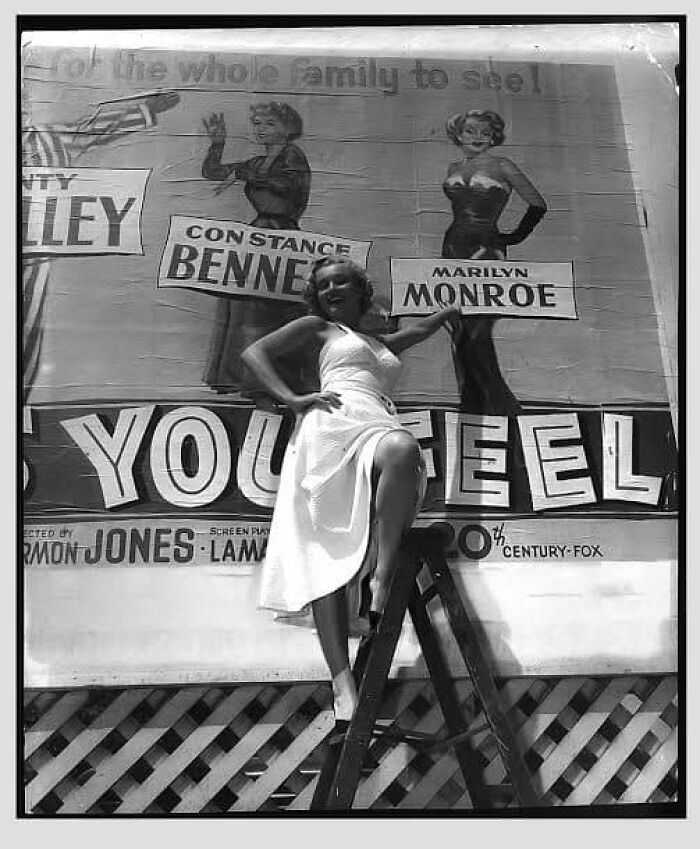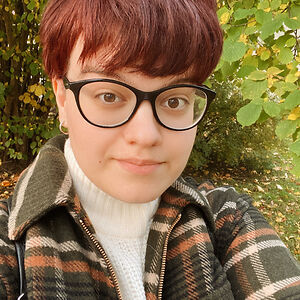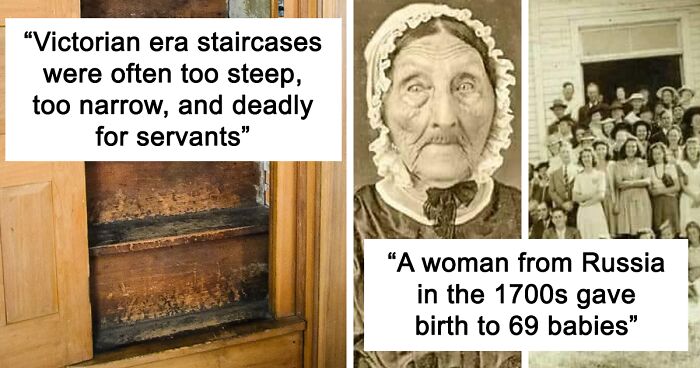
490Kviews
This Page Is Dedicated To Weird History Facts And Vintage Photography, And Here Are 30 Of Their Best Posts
InterviewHistory is full of strange and fascinating stories that are often overlooked in traditional education. From obscure historical figures to bizarre events, there is always something new to discover and learn. The addition of vintage photography to this mix of history facts, not only provides context but also a visual representation of the era, making it more relatable and vivid.
From abandoned places, haunted locations, and even travel, it's a great way to explore the past and gain a new perspective on the world. The combination of interesting facts and visually striking images can make for a captivating and entertaining read, that not only educates but also inspires curiosity and the desire to learn more.
A Facebook page called "Weird History Facts & Vintage Photography" is a great resource for anyone who is interested in exploring the past in a unique and captivating way. The page shares an interesting mix of content, such as history facts and vintage photography, which provide a glimpse into the past and a visual representation of the era.
With that being said, make sure to keep an eye for an interesting interview with Dr. Eleanor Barnett who is a food historian!
This post may include affiliate links.
Susanna Salter Was The First Female Mayor In The US (1887)
A group of men hated the idea of women being involved in politics and decided to pull a prank. So they submitted a list of candidates names from the Women’s Christian Temperance Union.
They thought that NO MAN would vote for a female mayor. They wanted to humiliate the Women’s Christian Temperance Union.
Susanna didn’t know about the prank until the local Republican Party sent representatives to her house to see if she was actually running for office.
She went with it and became Mayor of Argonia, Kansas. She also won over 60% of the votes
Given the chance, Bored Panda reached out to a cultural historian of food and early modern religion, Dr. Eleanor Barnett, who has a PhD from the University of Cambridge. As a food historian, Dr. Barnett is drawn to the field by her desire to connect with the everyday lives of ordinary people in the past.
"I wanted to find a way of connecting to the everyday lives of ordinary people in the past, rather than telling traditional ‘top-down’ histories about kings and queens. After all, everyone has to eat! Especially before the advent of artificial refrigeration and the stacked supermarket shelves of the modern age, food - growing it, cooking it, eating it, reusing leftovers - took up a huge amount of everyone’s time," says Eleanor.
This Mannequin Was Designed By Angelique Marguerite Le Boursier Du Coudray During The 1700’s. It Was Used For Teaching Midwifery
Checking Out The Neighbourhood Drama C. 1950 - 1960 Europe
The food historian approaches her research and writing about the history of food and food culture by not just asking about what past people ate but why, how, and with whom they ate it. "No culture eats everything that’s edible. Think about our modern, western aversion to eating insects. Why is it that we don’t want to eat them? The answer tells us something profound about our values, identity, and our understanding of the natural world. Or think about who you eat with. Family, friends, colleagues? By sharing food, we enact certain rituals intended to forge or solidify allegiances. This was true of people in the past too, so studying food tells us much more about a culture than just changing diets over time," she adds.
A Hotel Commissionaire Talking To A Dachshund Dog In Piccadilly Circus, London. 1938
An Old Cat Flap
This old door is in Exeter Cathedral, UK.
The door had a hole cut in it between 1598-1621 to allow access for the cathedral cat who was paid per week in food for mouse/rat catching duties.
What Eleanor finds most rewarding about her work as a food historian is "Nothing beats the hours spent exploring piles of handwritten records in the archives! As part of my research, I was lucky enough to study 16th and 17th-century court records from the Venetian Inquisition. It’s so rewarding to hear the voices of people who lived hundreds of years ago and to reconstruct what their lives - and their diets! - would have been like."
150 Million Year Old Dinosaur Footprints
Outside of the French village of Plagne, you will find 500ft/150m long stretch of dinosaur footprints dating back 150 million years.
After examination, scientists concluded the tracks were left by a Sauropod. Today it is recognised as the longest Sauropod dinosaur track ever discovered.
Wild Child - Alice Lee Roosevelt Longworth
Alice Hathaway Lee Roosevelt was born on February 12th, 1884. She was the eldest child of President Theodore Roosevelt.
Alice was known for her independent and free-spirited nature that breathed new life into the early 20th century for women.
As a teen, she decided to climb onto the roof of the White House, where she could smoke without technically breaking her father’s rule “not under my roof”.
She had a pet snake, named Emily Spinach. Alice would carry the snake around with her in either her purse or dress pocket and take the snake to social events.
The New York Herald printed a running score of her social life over the course of one 15-month period, which included: 407 dinners, 350 balls, 300 parties, 680 teas, and 1,706 social calls.
Alice started to receive so much fan mail at the White House, the Roosevelts had to hire an additional secretary solely for Alice’s mail.
Alice Roosevelt Longworth was one of the key faces of modern and celebrated American womanhood.
Alice passed away at 96, leaving behind a unique legacy that continues to inspire the kind of free willed spirit we might all benefit from having a little more of.
I believe her father once said something along the lines of: I can either control Alice, or I can be President, I cannot do both.
The history of food and food culture has been shaped by social, cultural, and political factors. Dr. Barnett explains it by saying "The dietary decisions that people make have long been shaped by wider social, cultural, economic, political, and religious factors. In the Renaissance period, for example, people believed that peasants and the wealthy had different types of bodies that suited different foods. The poor were associated with onions, garlic, and other simple vegetables whereas the rich were advised by doctors to eat more seemingly lavish foods like chicken."
The Most Photographed Man Of The 1800’s - Frederick Douglass
He was the most photographed man of the 19th century, sitting for more than 160 portraits and photos.
He almost never smiled during photographs, it was an expression he viewed as too friendly.
He was careful to be photographed in settings that emphasized dignity, accomplishment and power, all things denied to those like him who had been enslaved.
His time as a slave at Whye House in Maryland is fascinating, and a look into Slavery in the years before the civil war in the Eastern Shores of Maryland (Which was basically the deep south up north). He also wrote about 3 classes of slaves, when most writers at the time and today focused on 2. Field, House, and he also wrote about "City Slave" which were more factory workers, river pilots, and other jobs, and his comparing of the different treatments is eye opening.
Vintage Photography - Women With Tattoos
In her research, Eleanor uses primary sources, such as cookbooks and food-related documents. "Cookbooks - and the tantalizing (sometimes bizarre!) dishes they prescribe - are really exciting ways of studying the past. You might even try recreating a past recipe if you want to be transported to the flavors and smells of a past society!
Just like today, however, cookbooks are often aspirational texts. How many of us have a delicious selection of cookbooks on the kitchen shelf but end up making our go-to spaghetti bolognese recipe (again!) after a long day at work? So historians of food pair these culinary texts with other rich primary sources, like account books, medicinal tracts, images, and court records."
A European Hearse From The 1800’s
This Is A Petronella Dunois Dollshouse That Can Be Found At The Rijksmuseum Museum In Amsterdam, It Dates Back To The Late 1600s
Petronella Dunois was an art collector. So, I guess this wasn't a toy, it was considered art.
Another thing the food historian finds most fulfilling about the work she does is "Sharing this research with a wonderful community of food, history, and art lovers from across the world has been a really rewarding experience. I love connecting to my followers by learning about the role that food plays in different cultural traditions," as she shares her research on Instagram under the handle 'Historyeats'.
Suffragette Estelle Sylvia Pankhurst Painting “Votes For Women" At The Women's Social And Political Union Premises 198 Bow Road, East London 1912
Tudor Home Interior & Exterior
Αbsolutely gorgeous!! I could definitely see me living there with my cat and my books! :)
Henry VIII's Kitchen At Hampton Court Palace
The staff had to produce over 800 meals a day for the king and all of his courtiers.
The char sure shows its past!
I am a Spaniard, and we have a few castles around here, and I also visited castles in Portugal, France, Italy, England, Germany, Switzerland, Poland and Czech Republic, among others. From my experience, kitchens are generally the most interesting and beautiful places to visit in any castle, if still exists and visitors are allowed.
Mobile Phones Were Predicted 59 Years Ago. It Was Predicted In 1963 That We Would Have Mobile Phones In The Future, Zoom In And Have A Read!
Here We Have Two Cats In 1966 Keeping To Their Ancestors Christmas Tradition Of Knocking Over The Tree Every Year!
The Offical Recorded Number Of Children Born To One Mother Is 69, From Shuya, Russia
Between 1725 - 1765, Mrs Vassilyev popped out 16 pairs of twins, seven sets of triplets and four sets of quadruplets, over 27 separate labours. The grand total: 69 children.
Due to the time period, there are no photos of the kids or family that have been confirmed as legitimate. So here’s a random photo!
Deadly Victorian Staircases
One area of Victorian design that was often overlooked was the staircase, especially those installed for the use of servants.
They were made too narrow, too steep and with irregular steps, the servants staircase was deadly.
Fireplace At Cragside House In Northumberland, England
The house was built by Norman Shaw for a wealthy industrialist in 1880 and is famous as the first house in the world to have lights powered by hydroelectricity.
Ava Gardner’s Movie Studio Application In 1941
This Is A 600-Year-Old Medieval Hat Which Was Found In Lappvattnet, Sweden
The hat is made out of sheep's wool and was preserved in a bog. It can be found at the Västerbottens museum in Sweden.
Vintage Photography - The Wind
Queen Sophia Magdalena's Wedding Dress, Circa 1766, Now On Display At The Royal Armoury In Stockholm
The First Known Photo Of A Tornado. Shot By A.a. Adams In Kansas, 1884
Pets During The Blitz
Hate to shoot your feel good story down in flames, but its true. At the beginning of World War II, a government pamphlet led to a massive cull of British pets. As many as 750,000 British pets were killed in just one week.
The Lady In The Photo Is Betty Lou Oliver. She Survived A Plunge Of 75 Stories In A Lift In The Empire State Building In New York In 1945
Queen Victoria's Engagement Ring
Shaped like a serpent, the ring includes small rubies, diamonds, and an emerald, which was Queen Victoria’s birthstone.
At the time snakes were a symbol of wisdom and commitment. It was also common during this era for engagement rings to feature birthstones rather than diamonds.
This Is A 1400’s Cruck-Beam Cottage Preserved In A Wall Beside St Mary's Gate In St John's Street, Wirksworth, UK
Queen Elizabeth I's Only Known Surviving Dress
St Faiths Church in Bacton was containing a significant item important to British history with out even knowing for hundreds of years, Queen Elizabeth I’s only surviving dress.
The dress was used as an alter cloth before being discovered.
It’s believed that the dress was given to Blanche Parry, the queen’s Chief Gentlewoman of the Bedchamber. Elizabeth was known to have gifted clothing to her.
This church was Blanche’s families church, which most likely explains why it was found there. Since the church was dark inside, the colours on the dress have been preserved with minimal fading.
The silver chamblet silk fabric, embroidered with gold and silver thread and cut in a manner suggesting it once constituted two sections of a skirt, bodice and sleeves, closely resembles the gown donned by Elizabeth in the so-called “Rainbow Portrait.” Painted by artist Marcus Gheeraerts the Younger around 1600.

 Dark Mode
Dark Mode  No fees, cancel anytime
No fees, cancel anytime 




